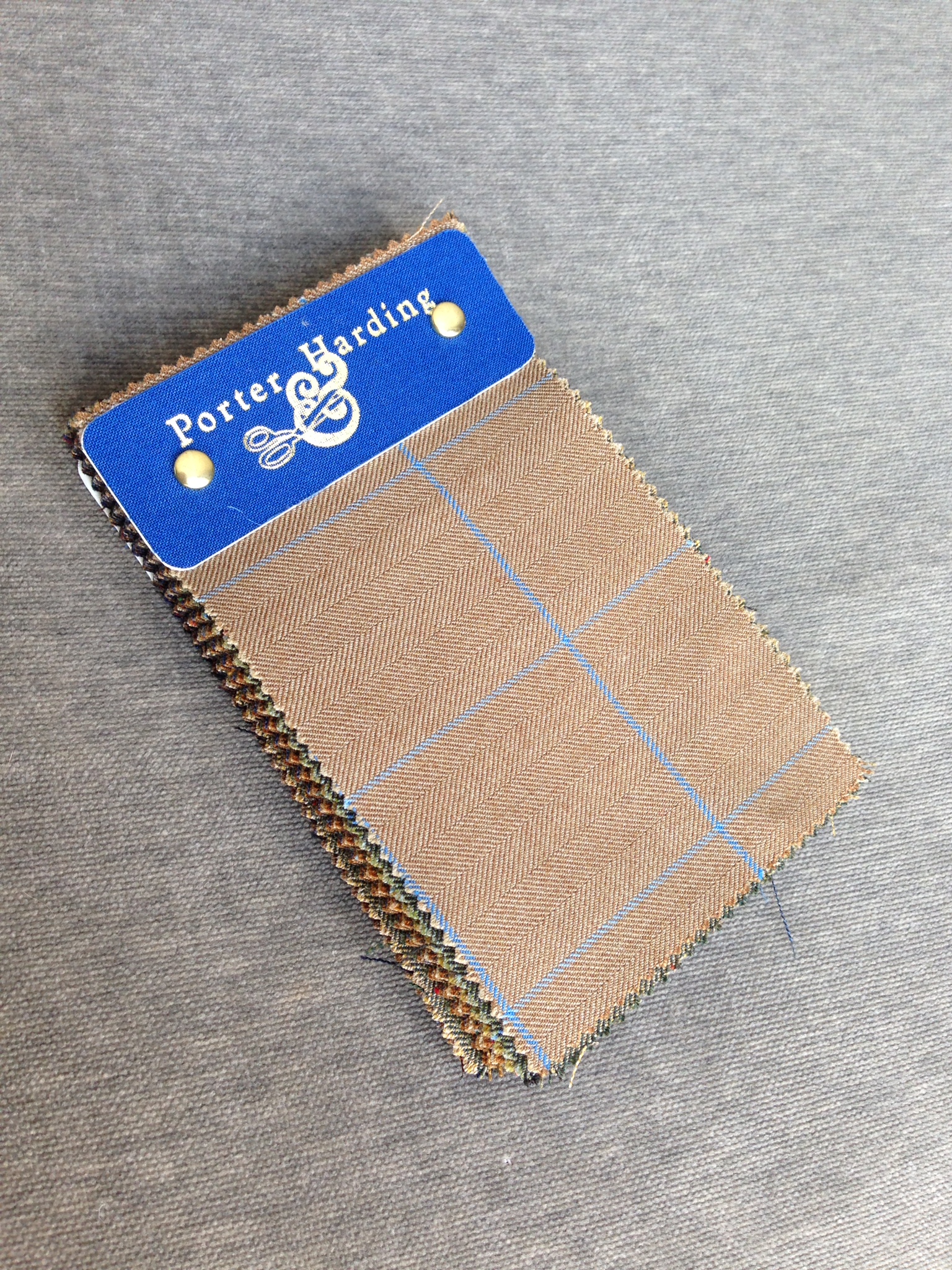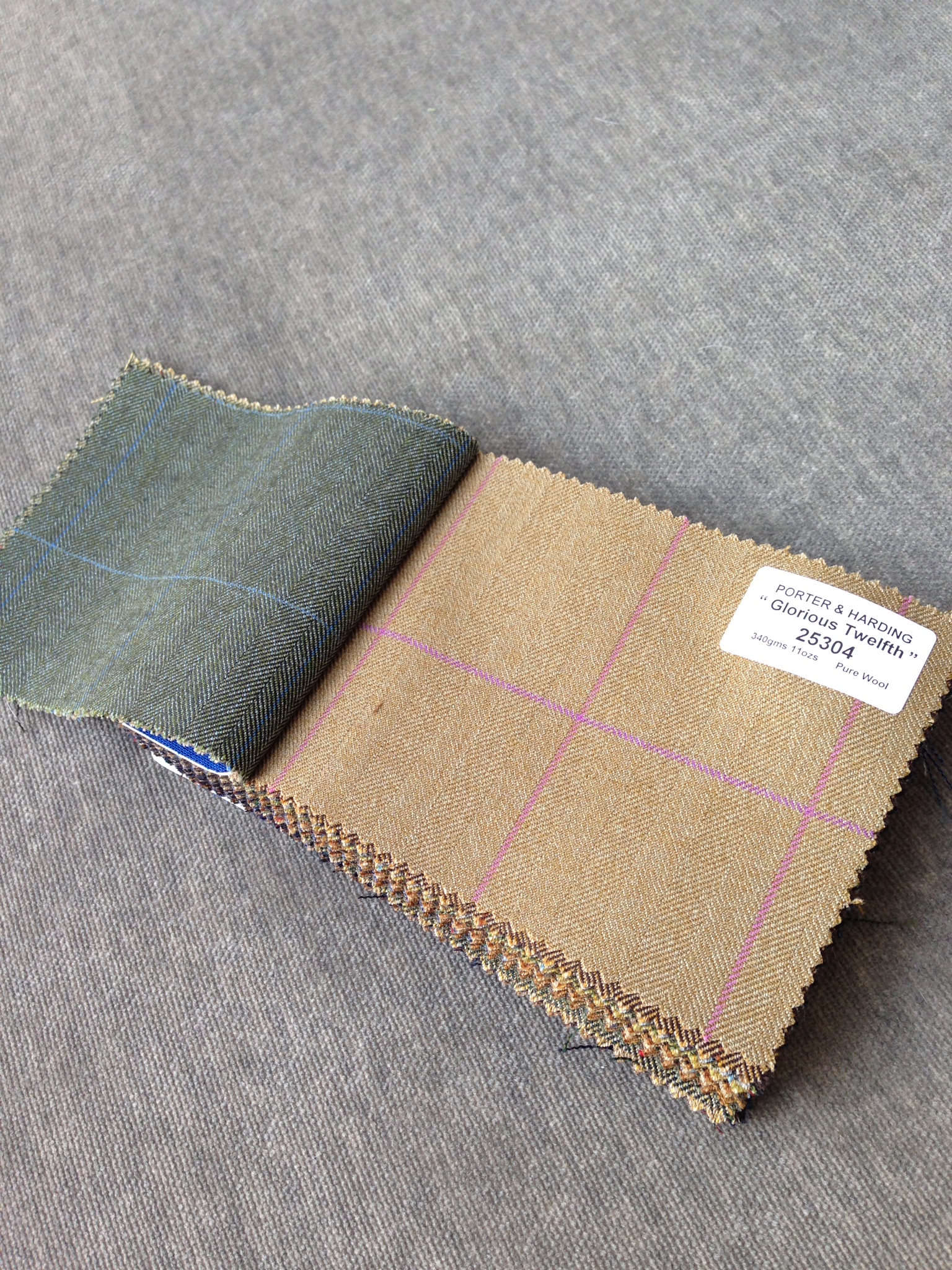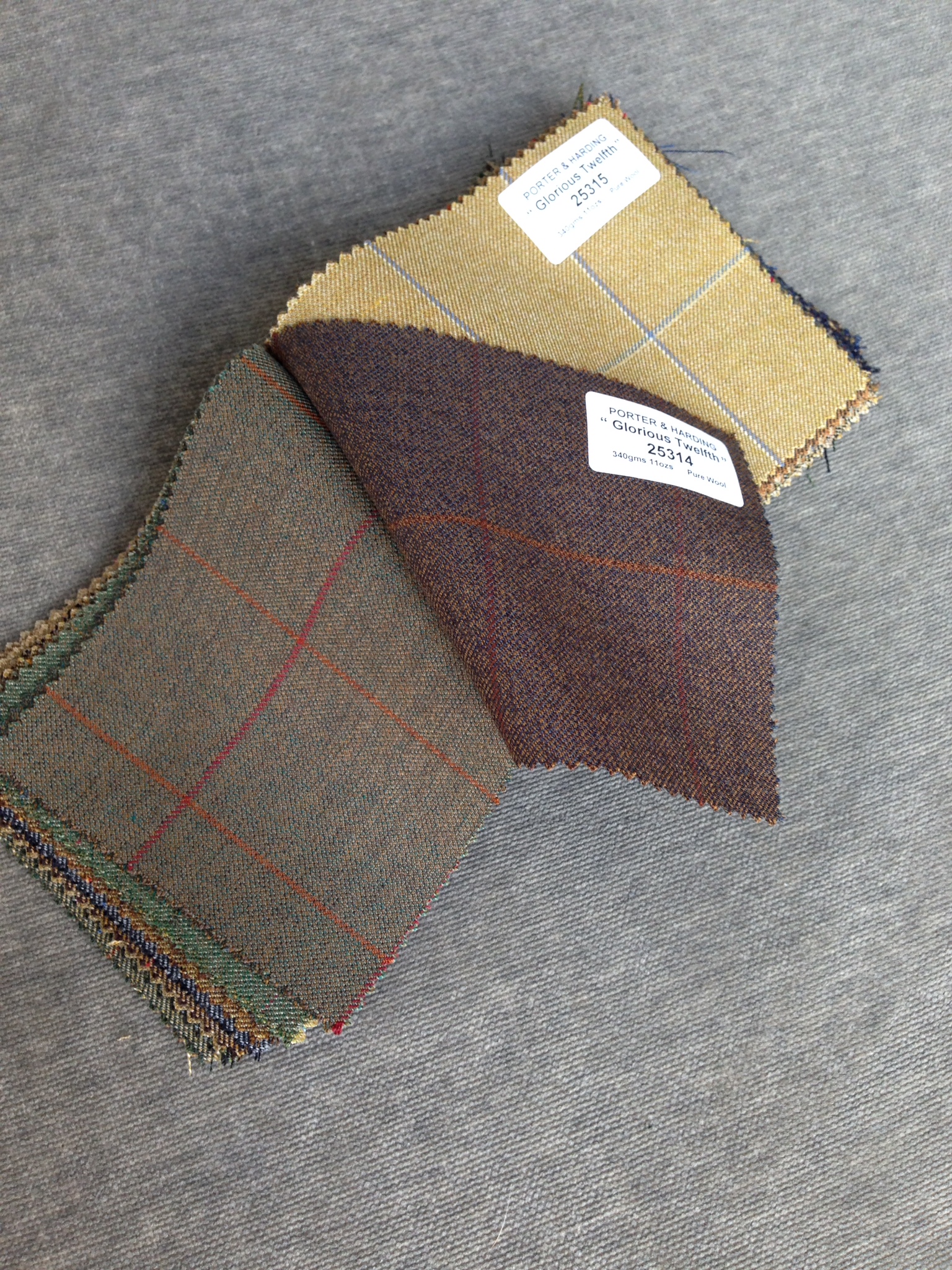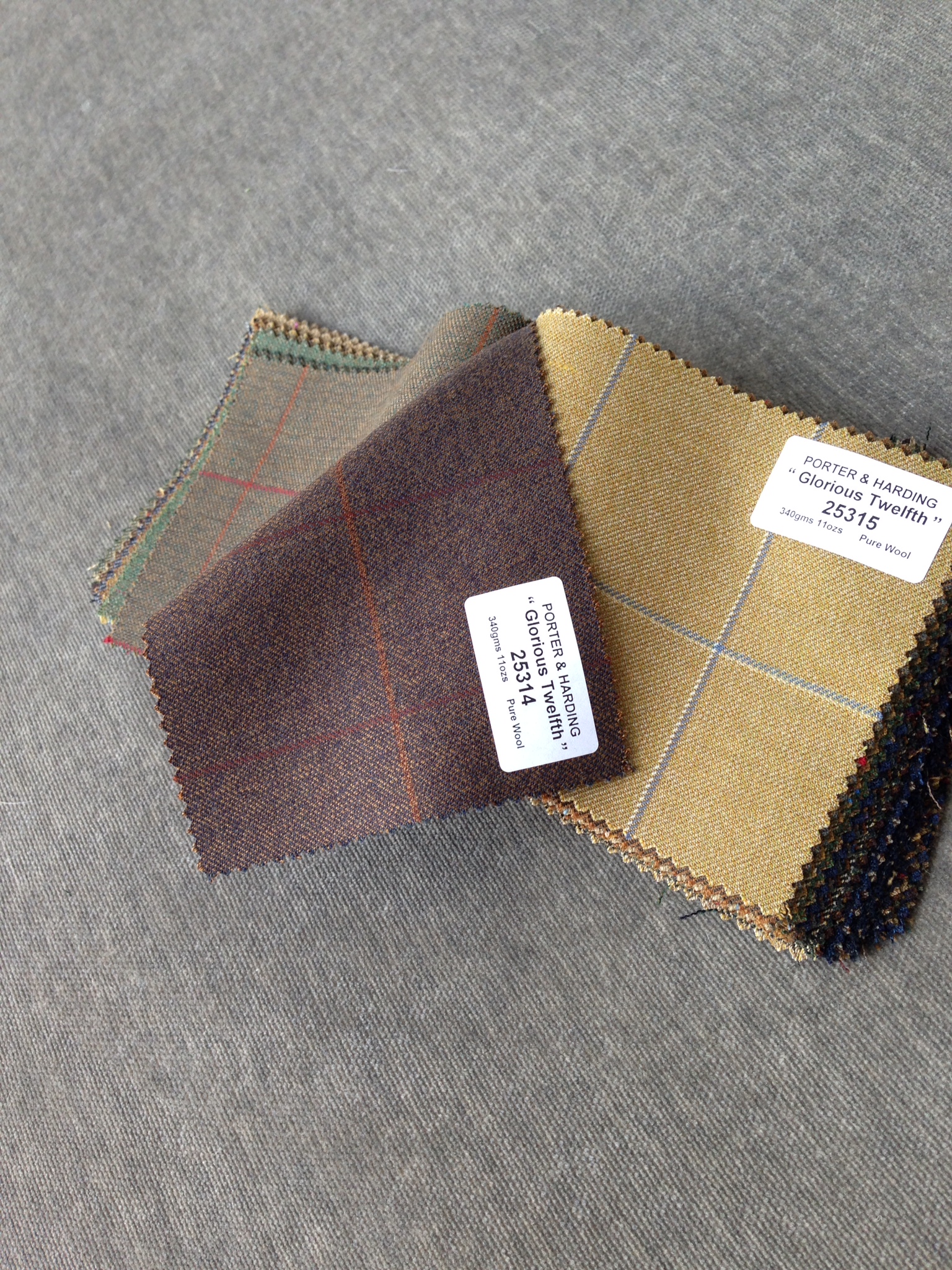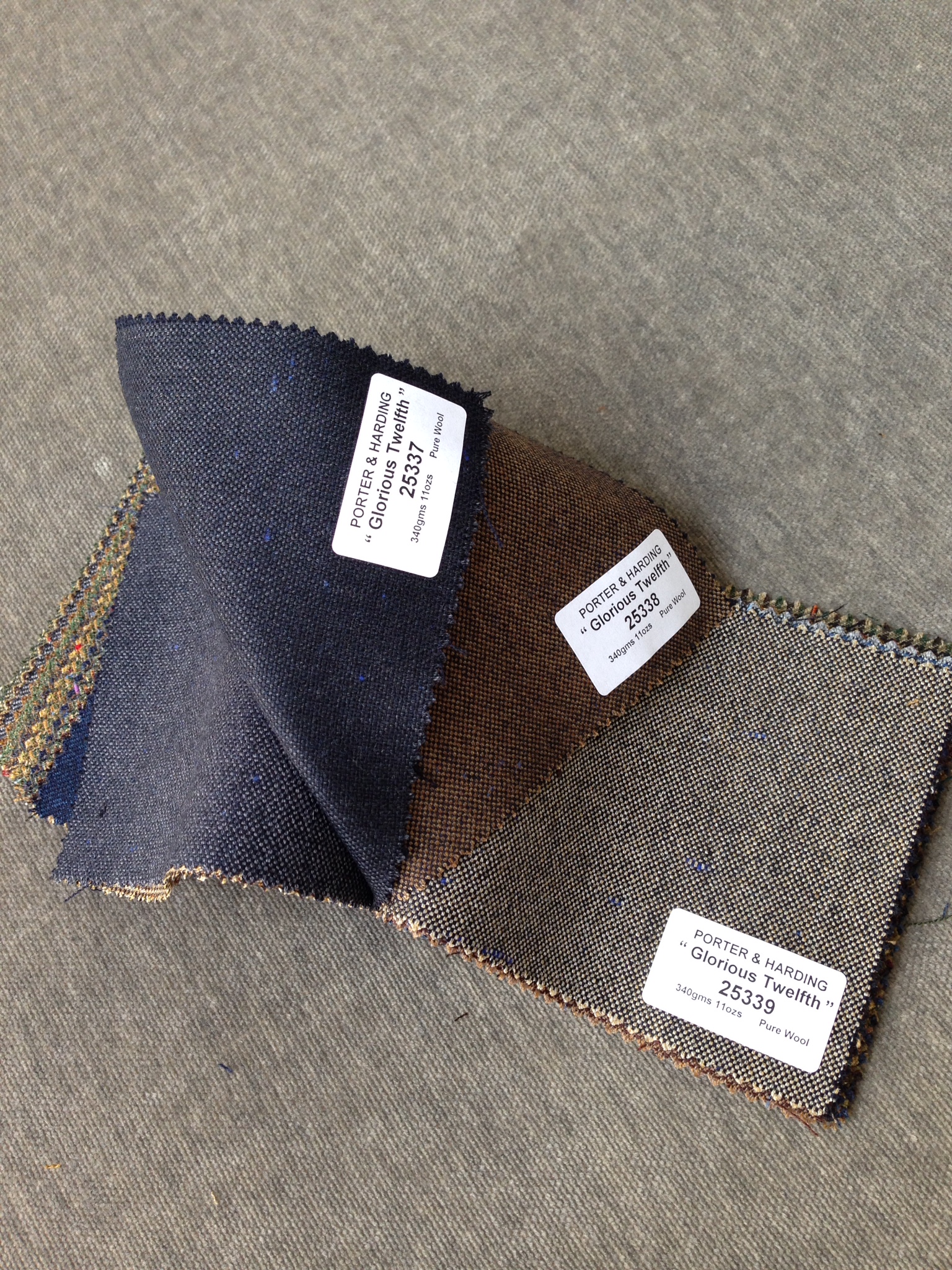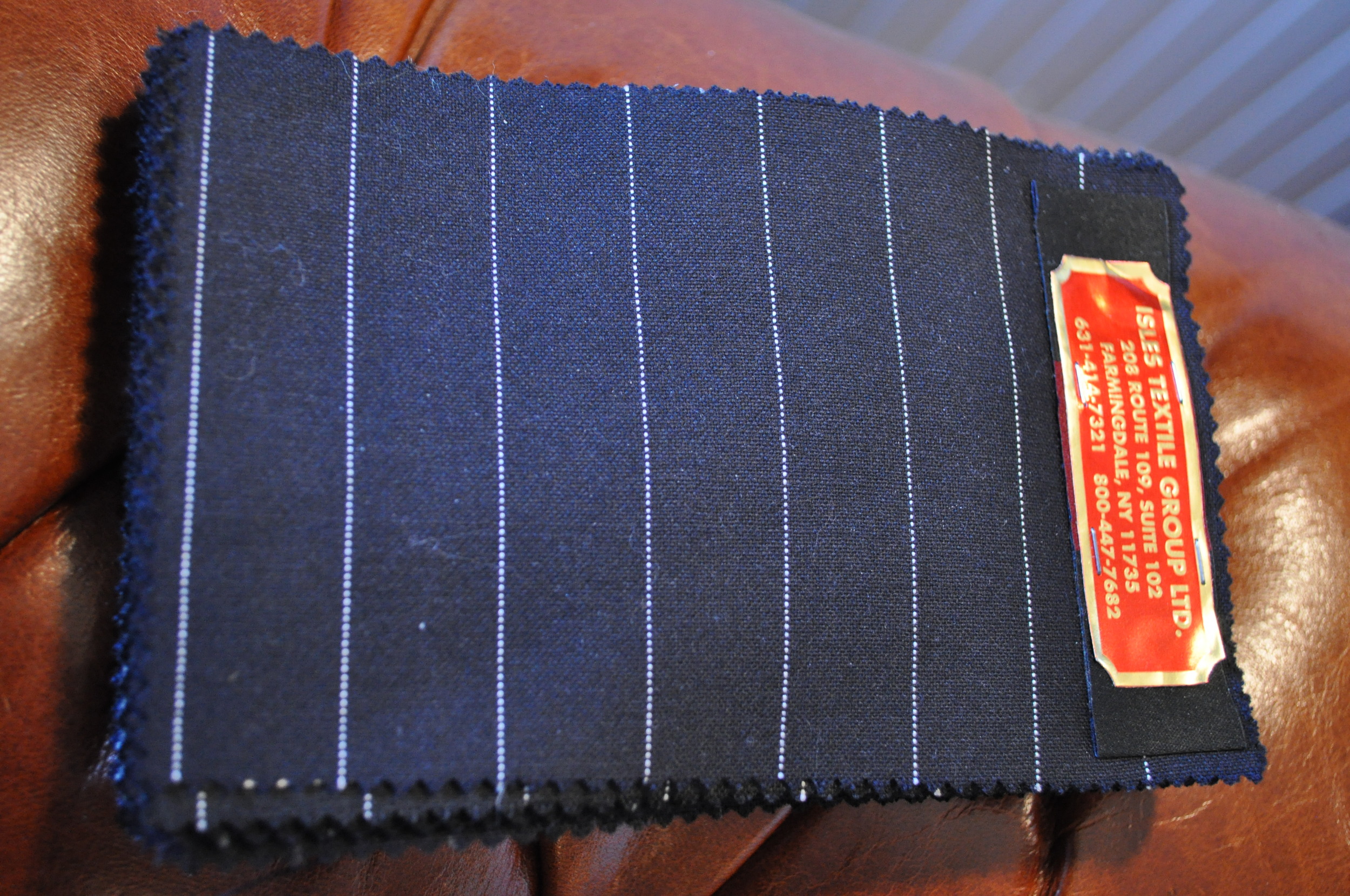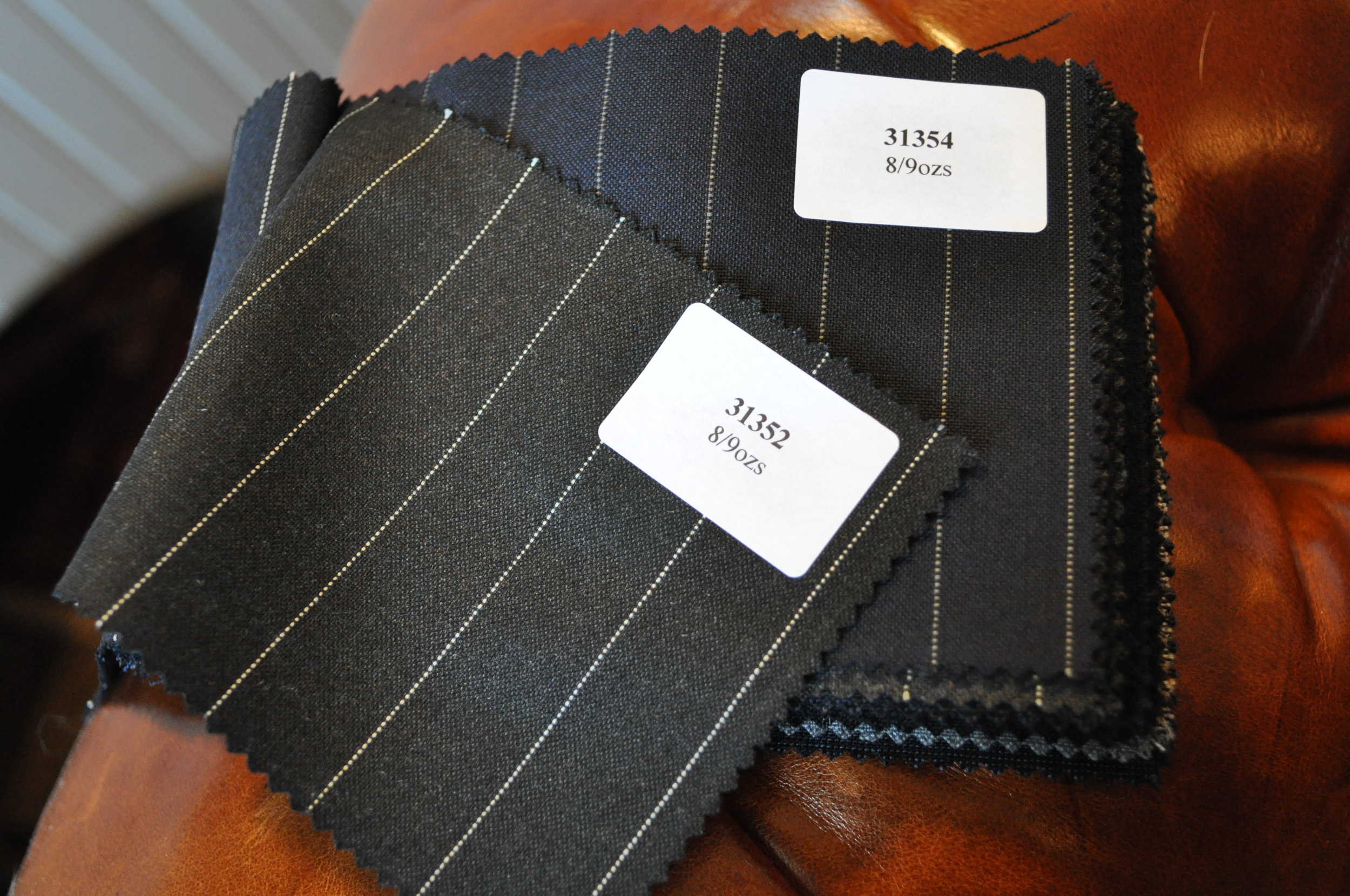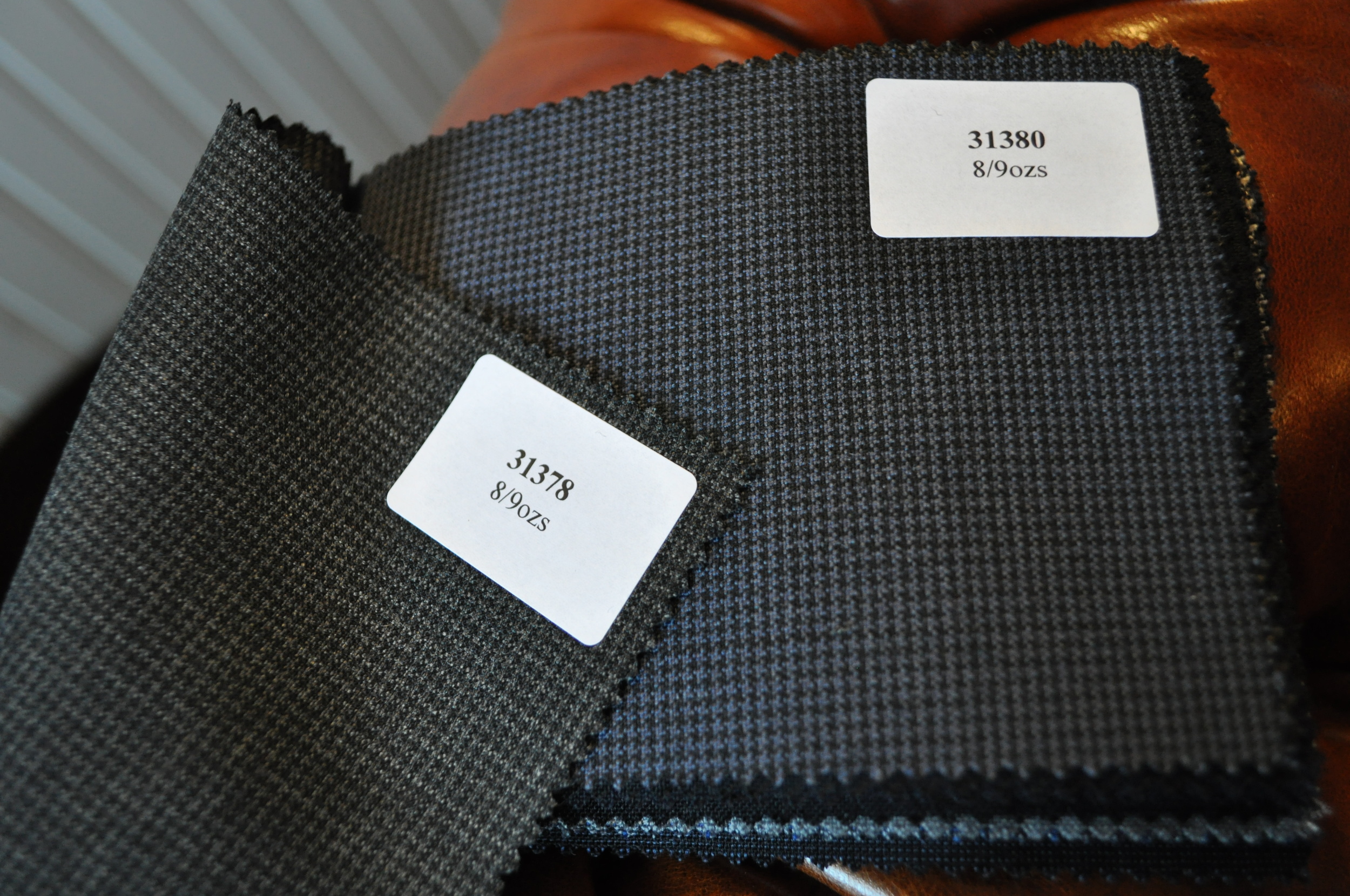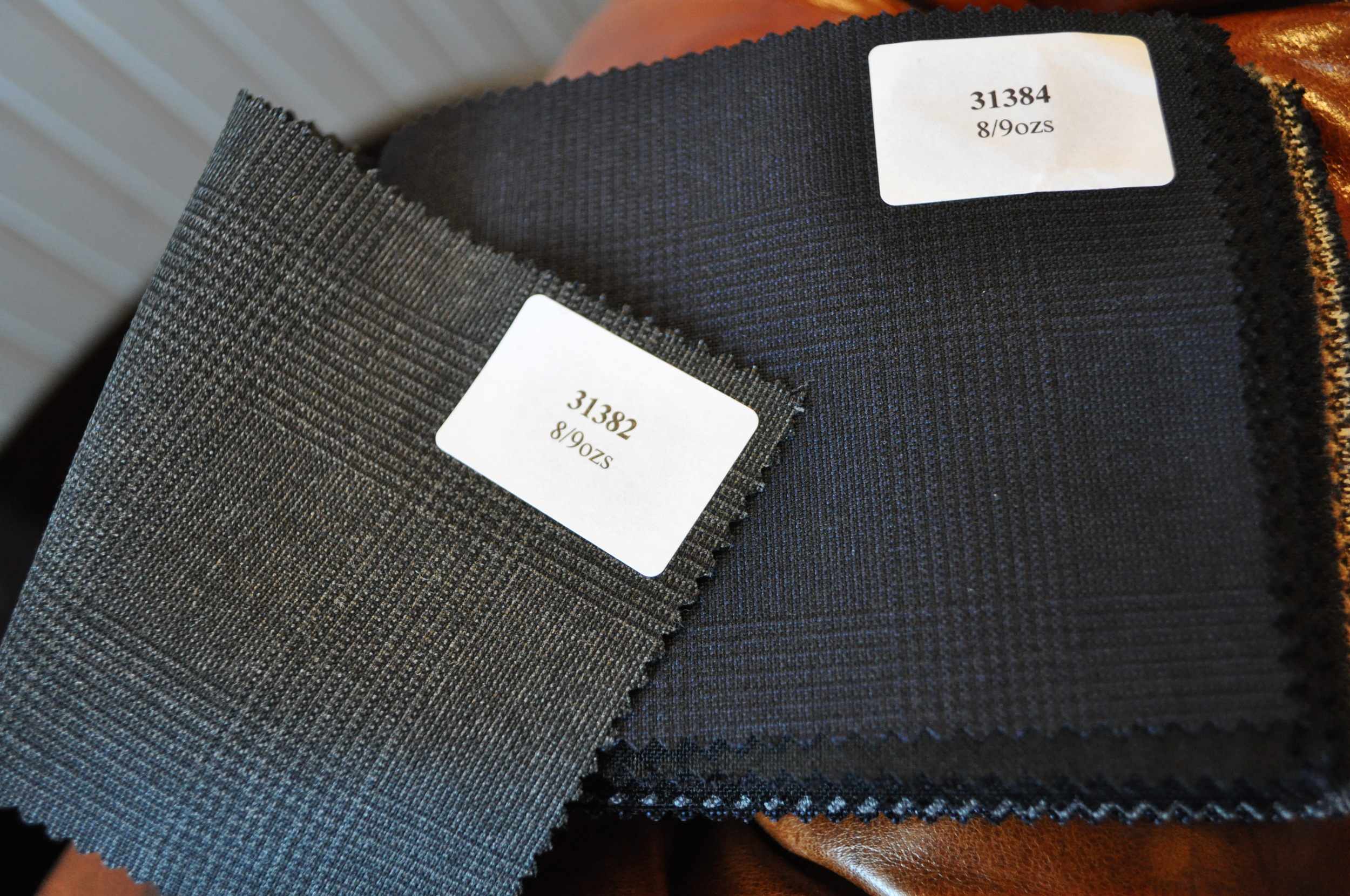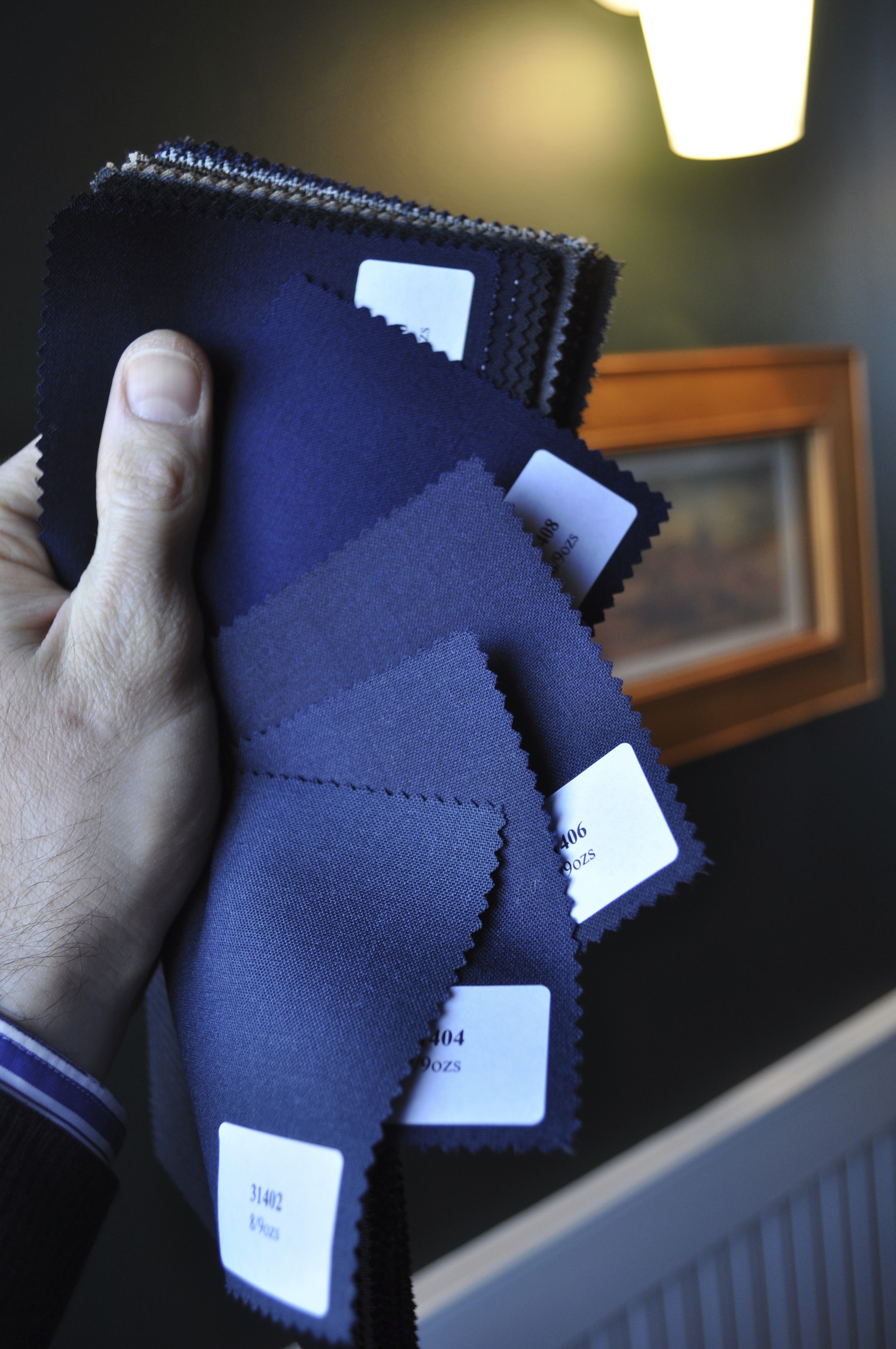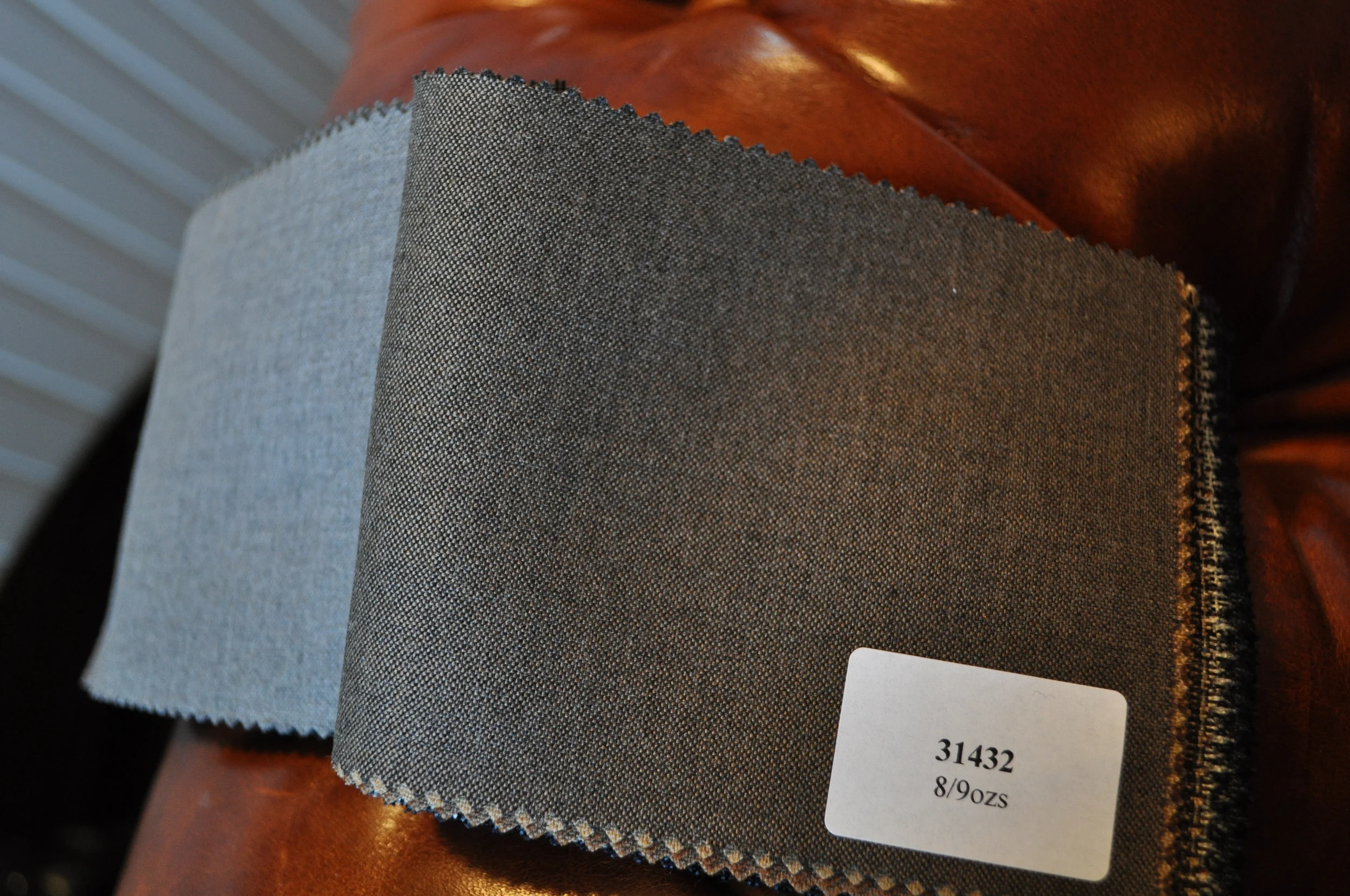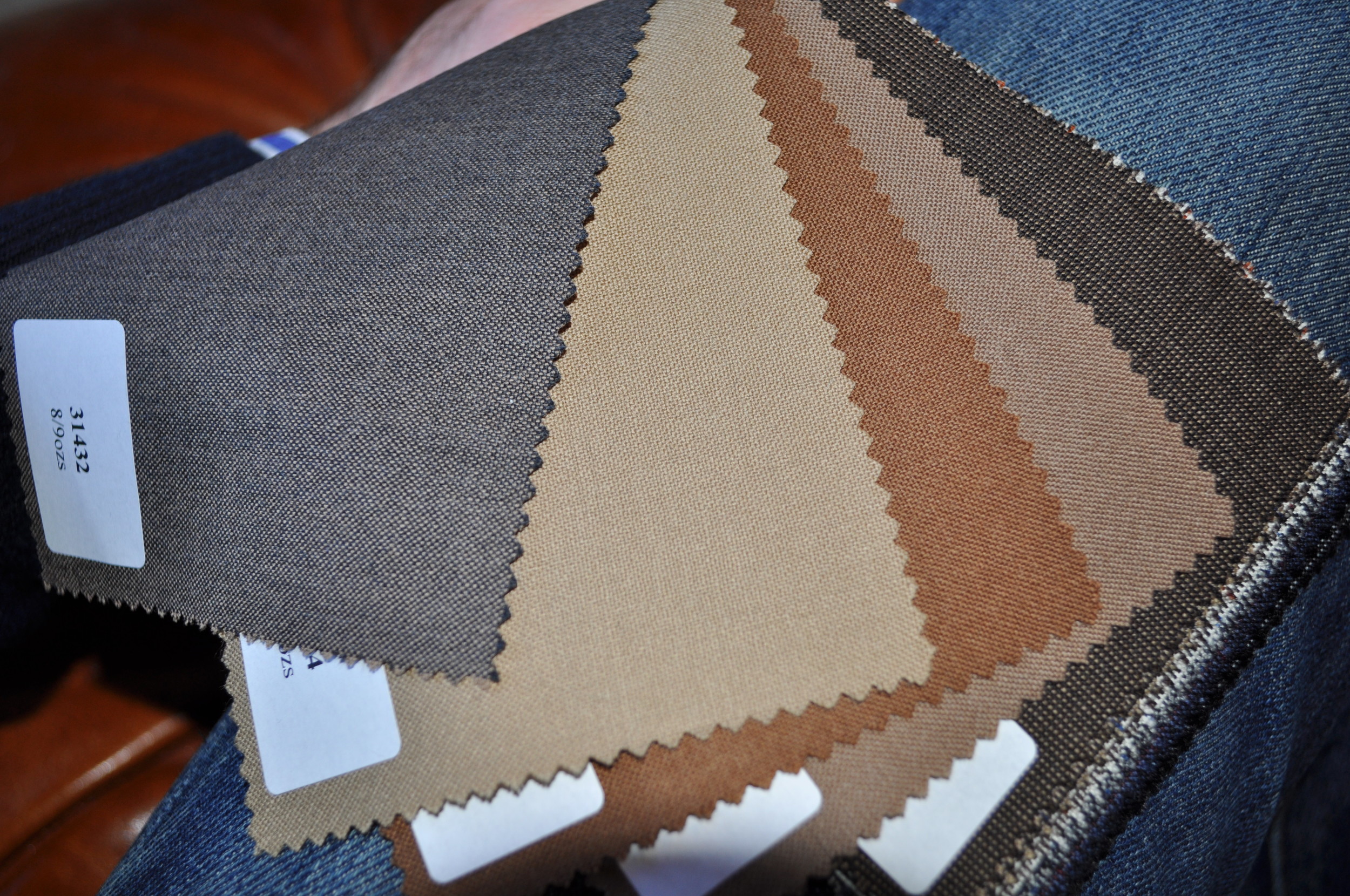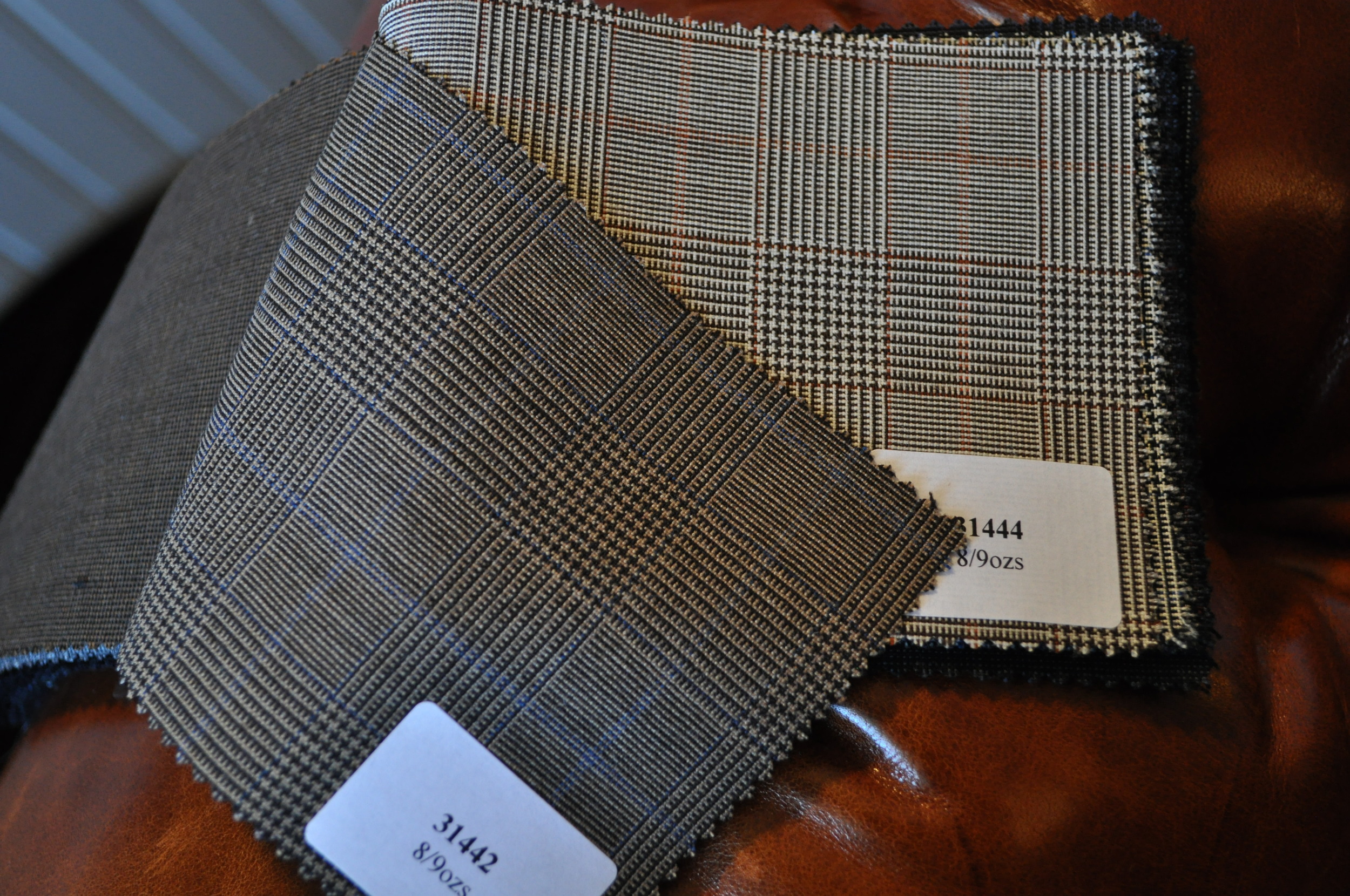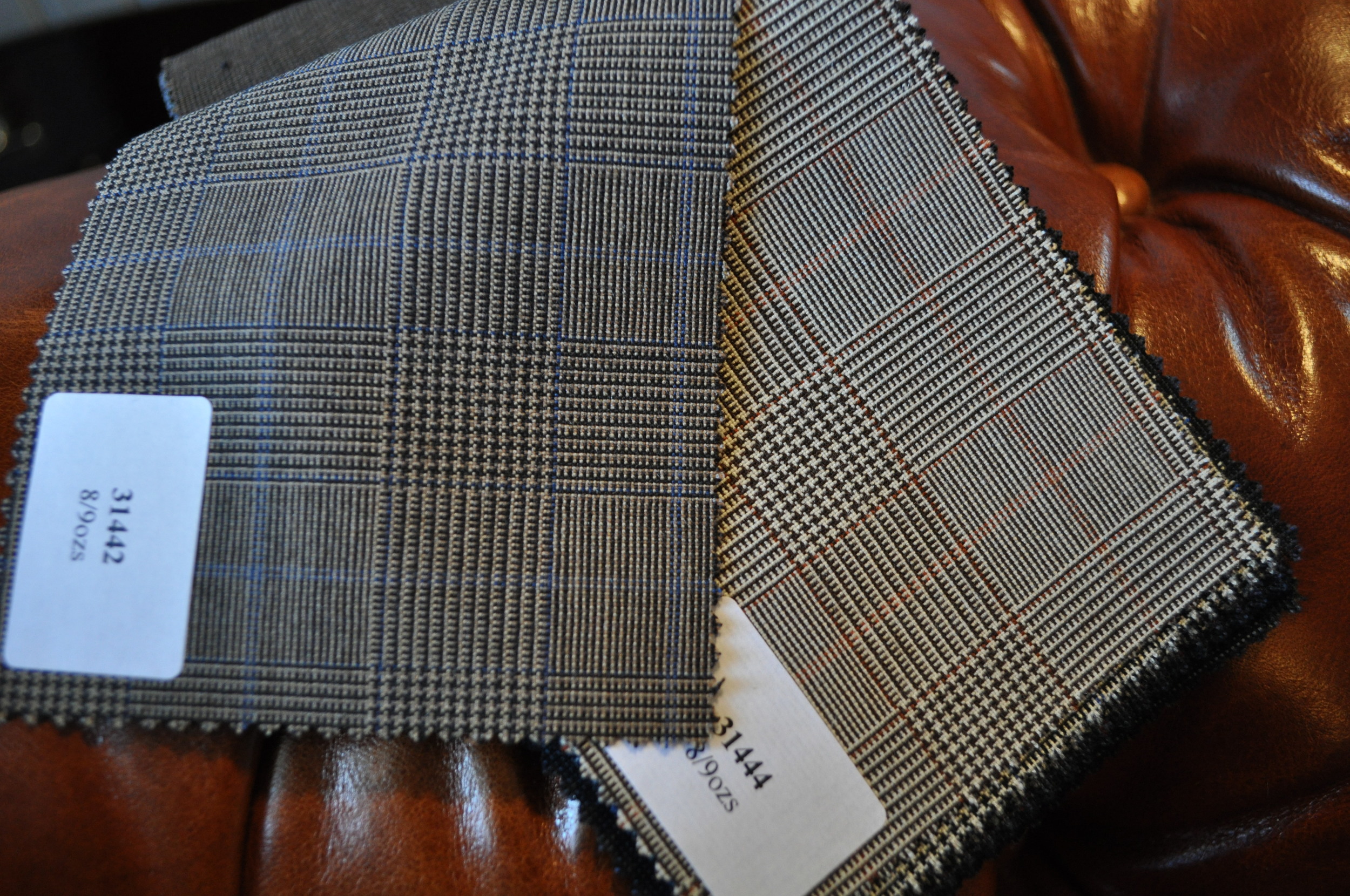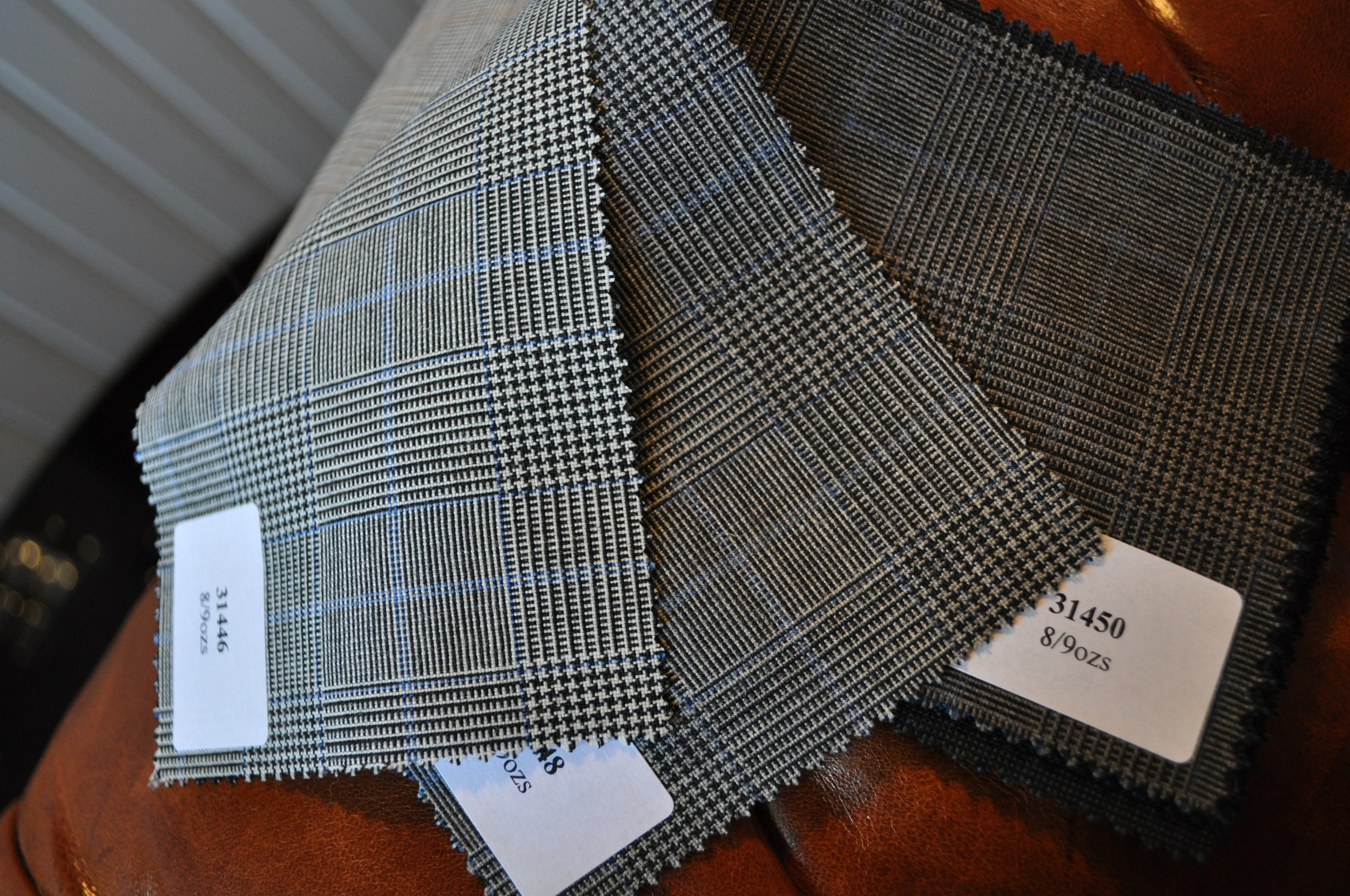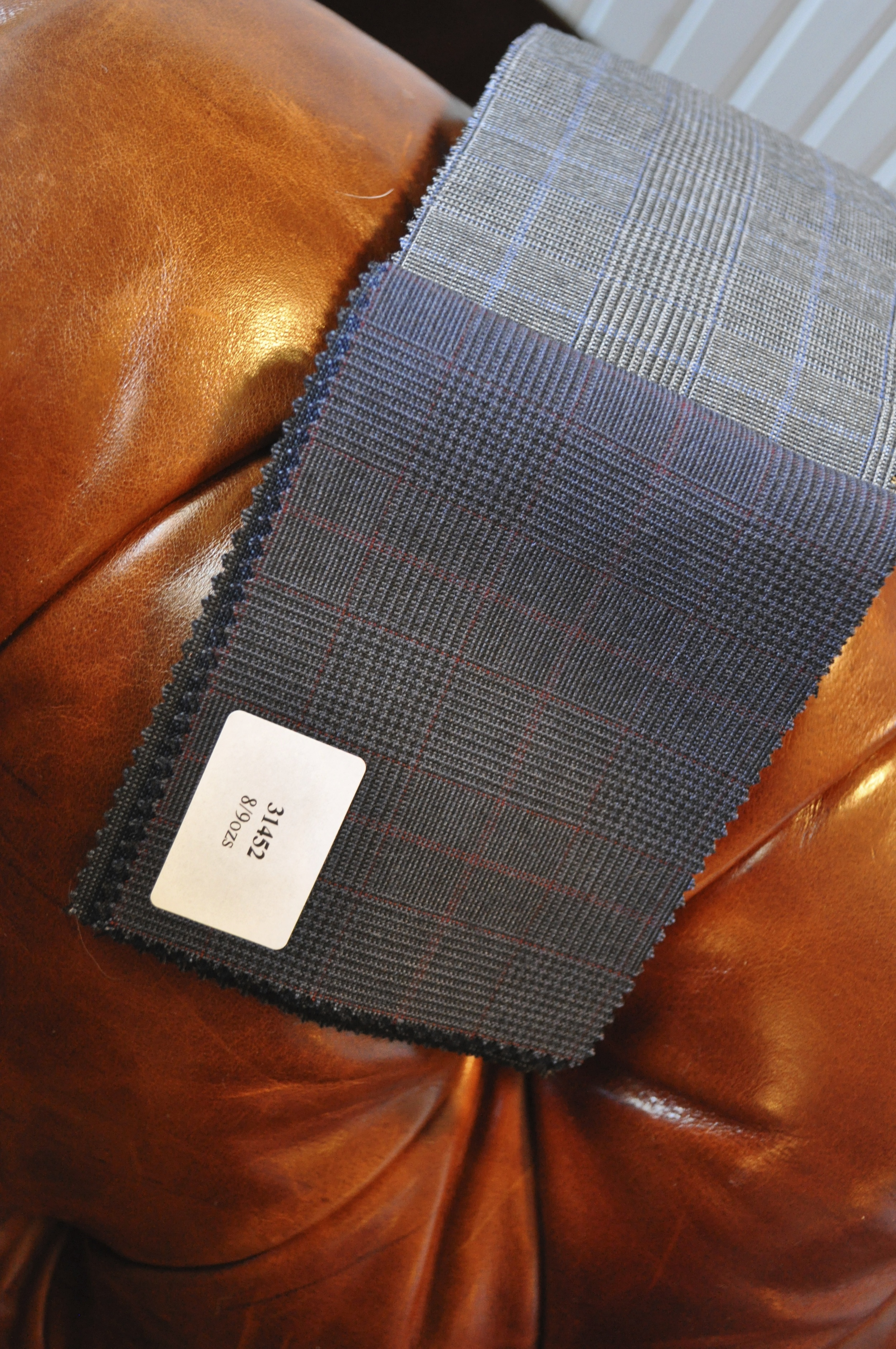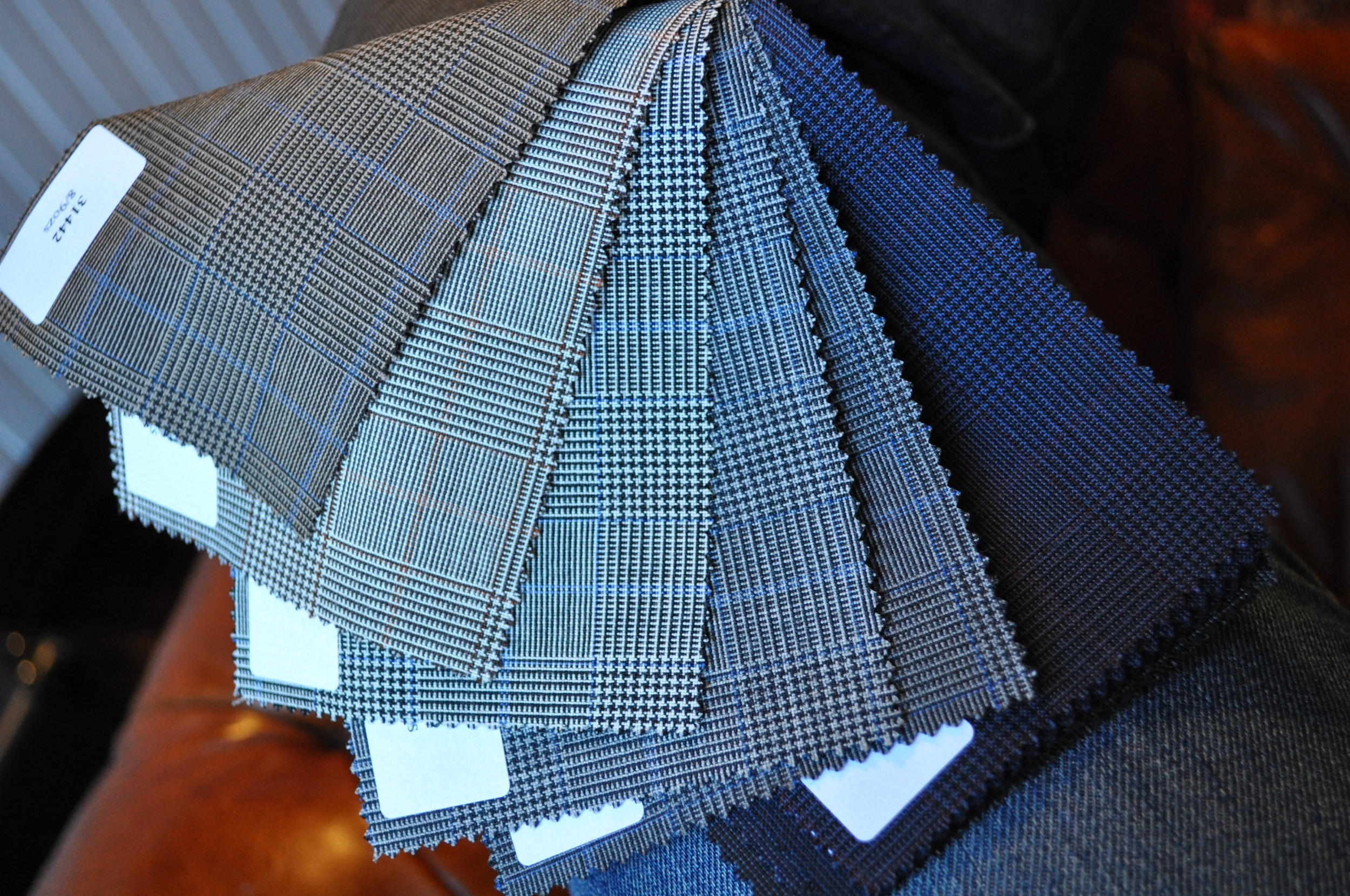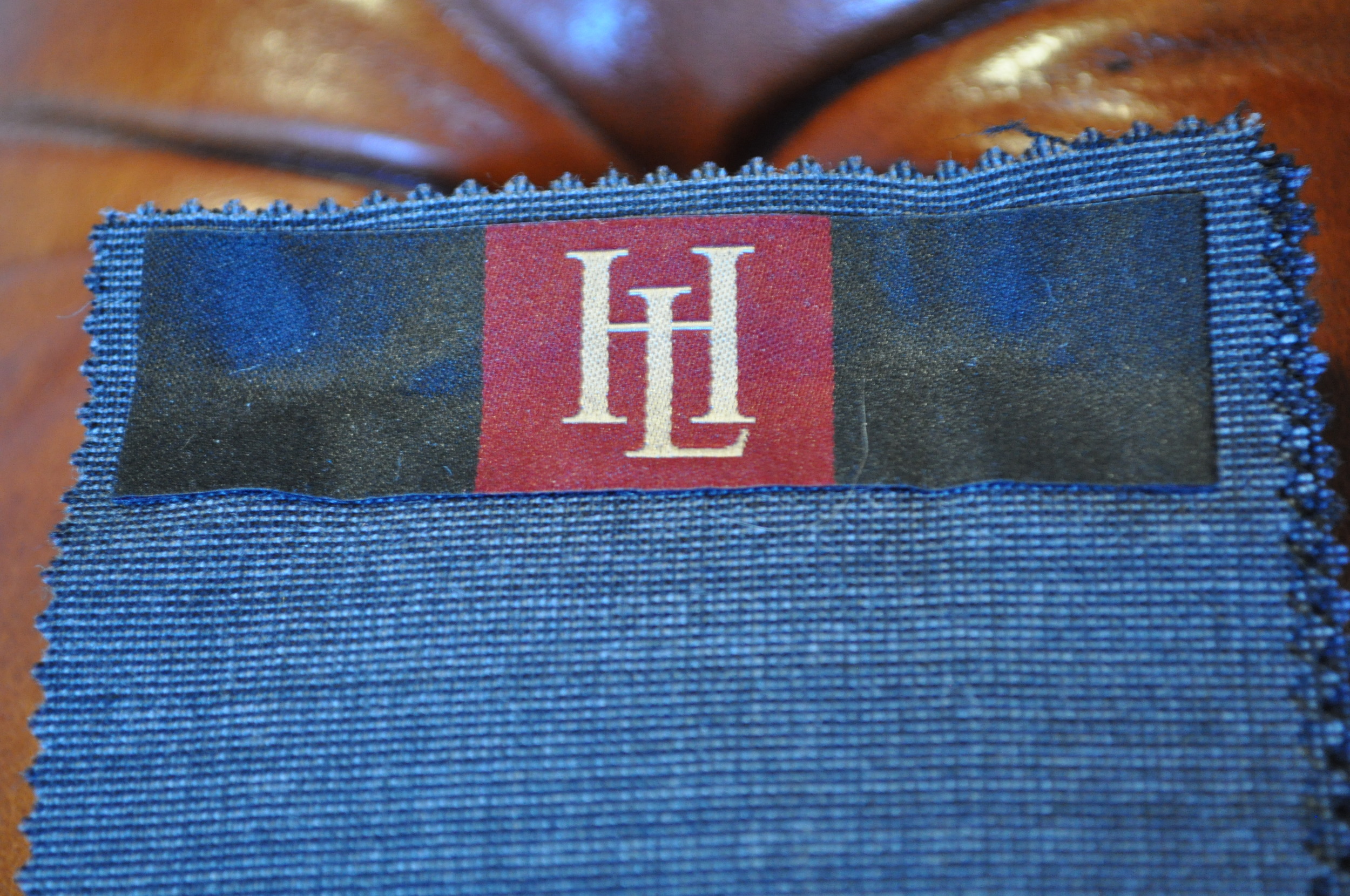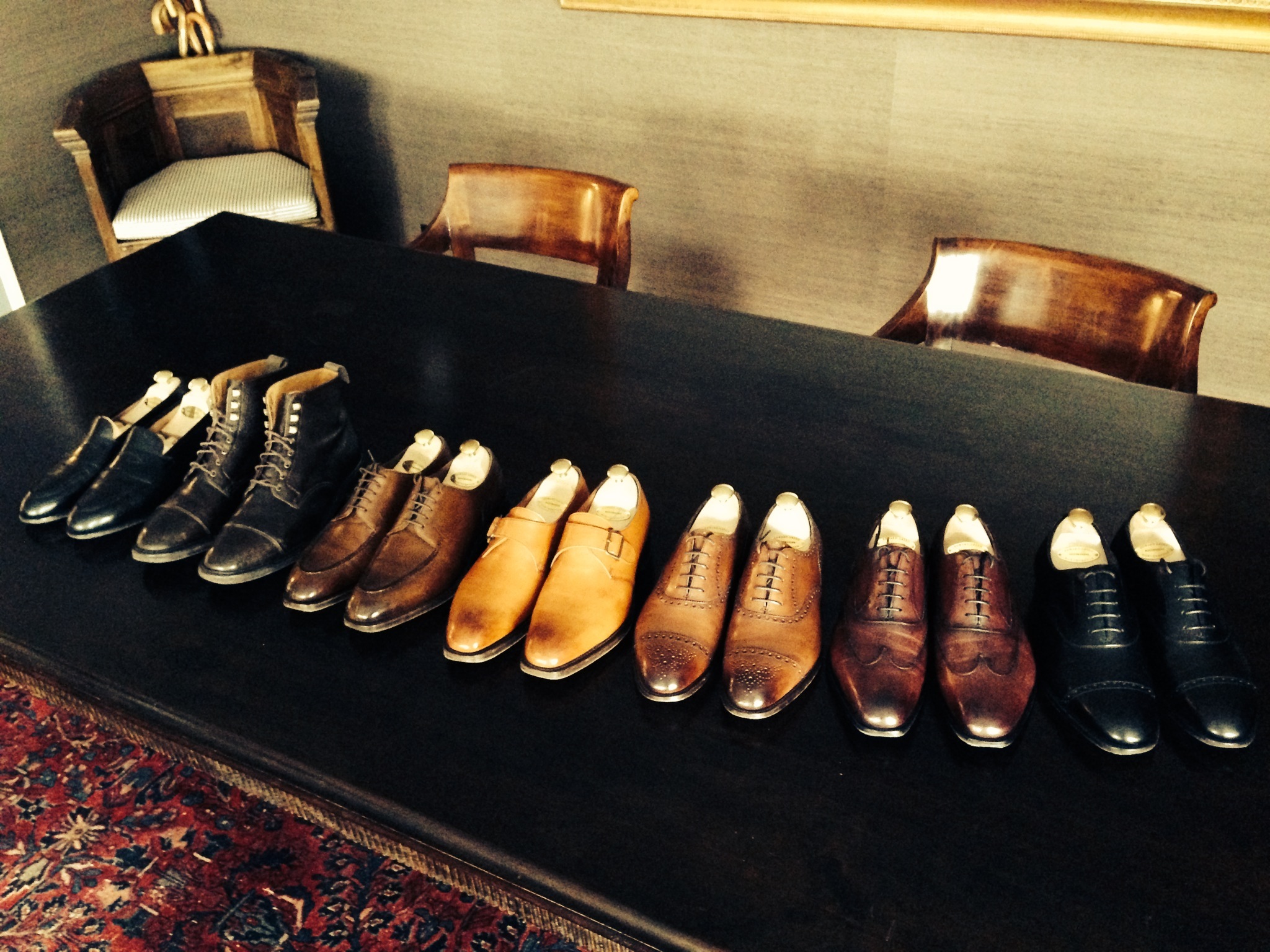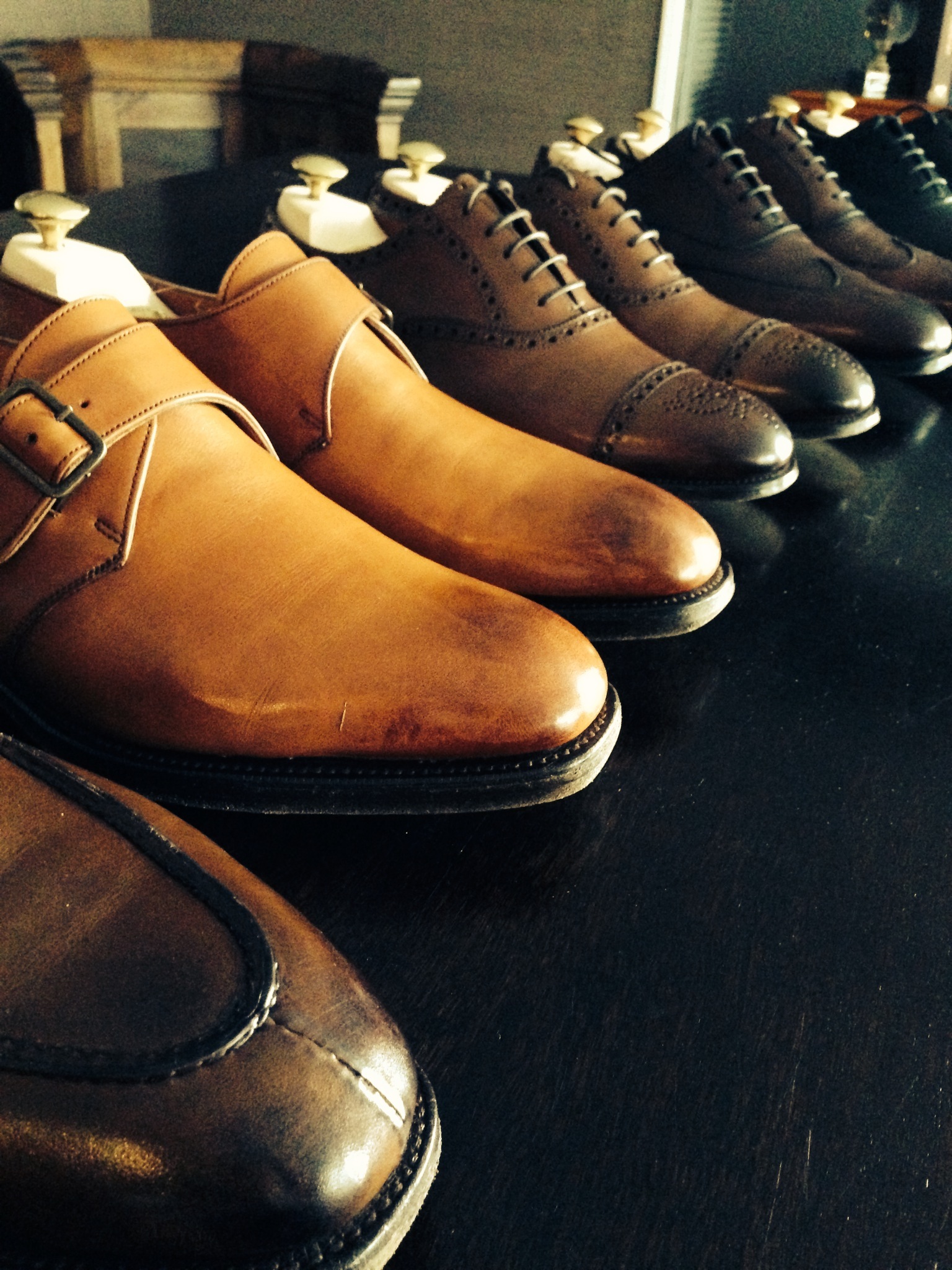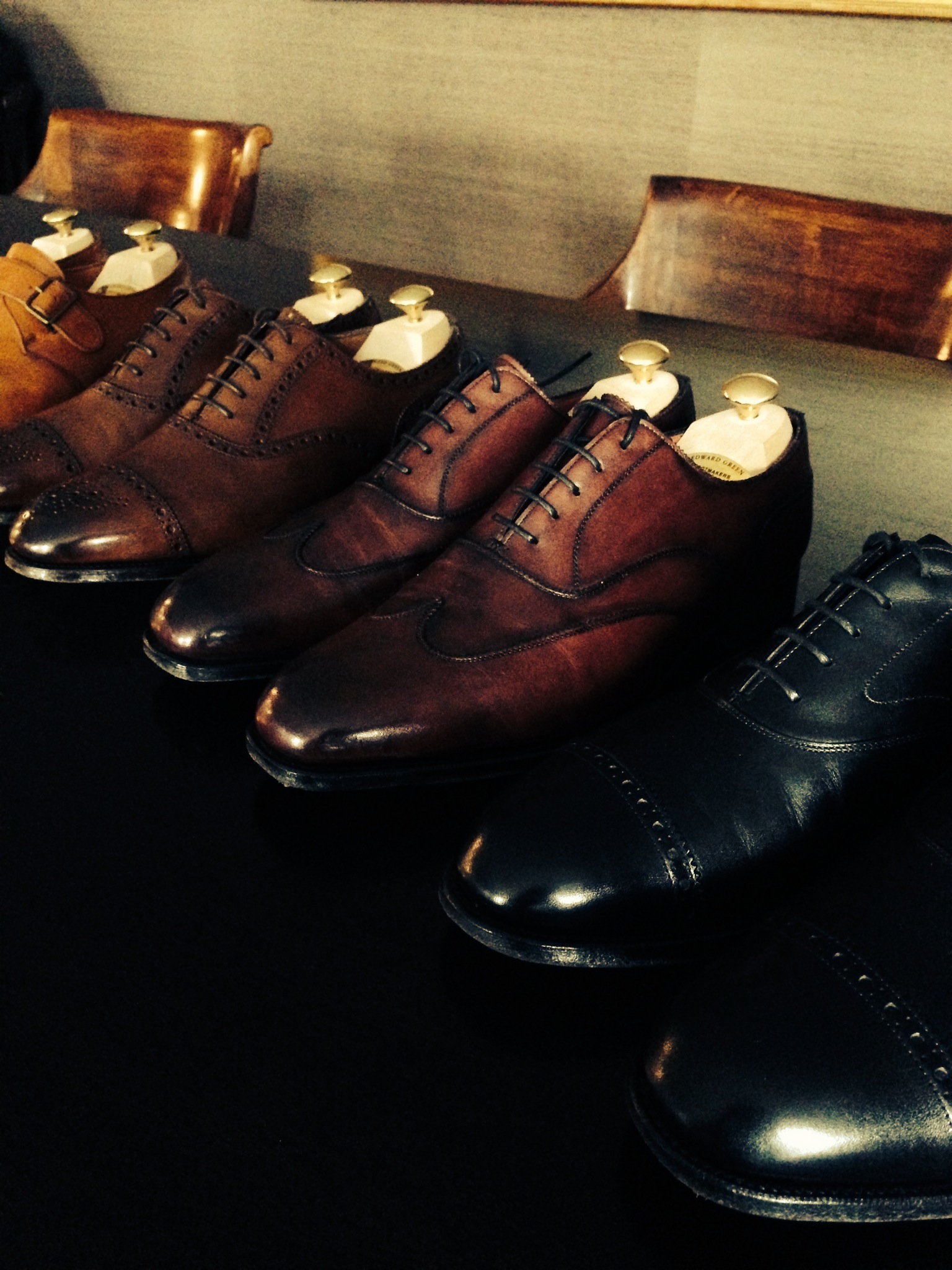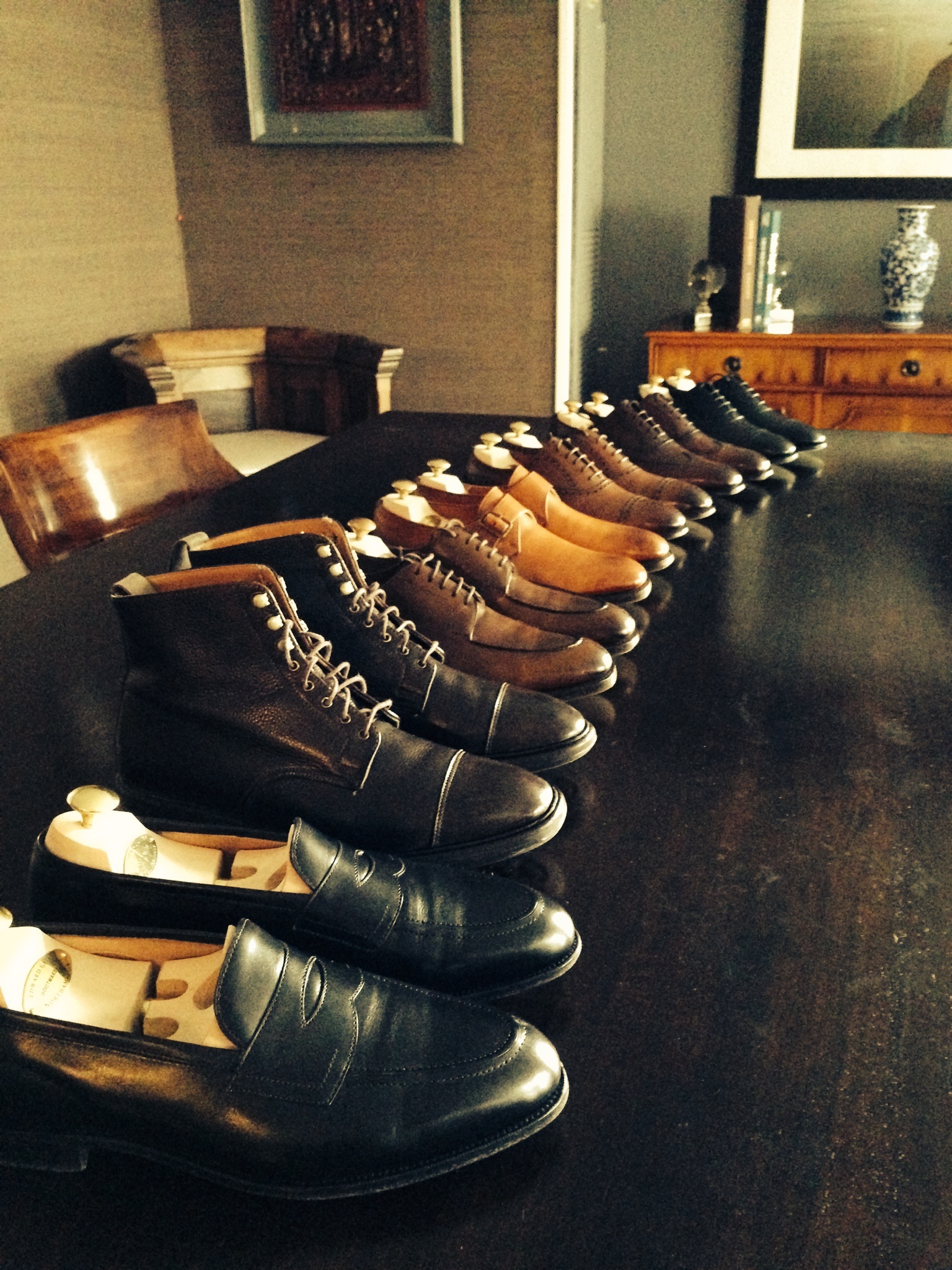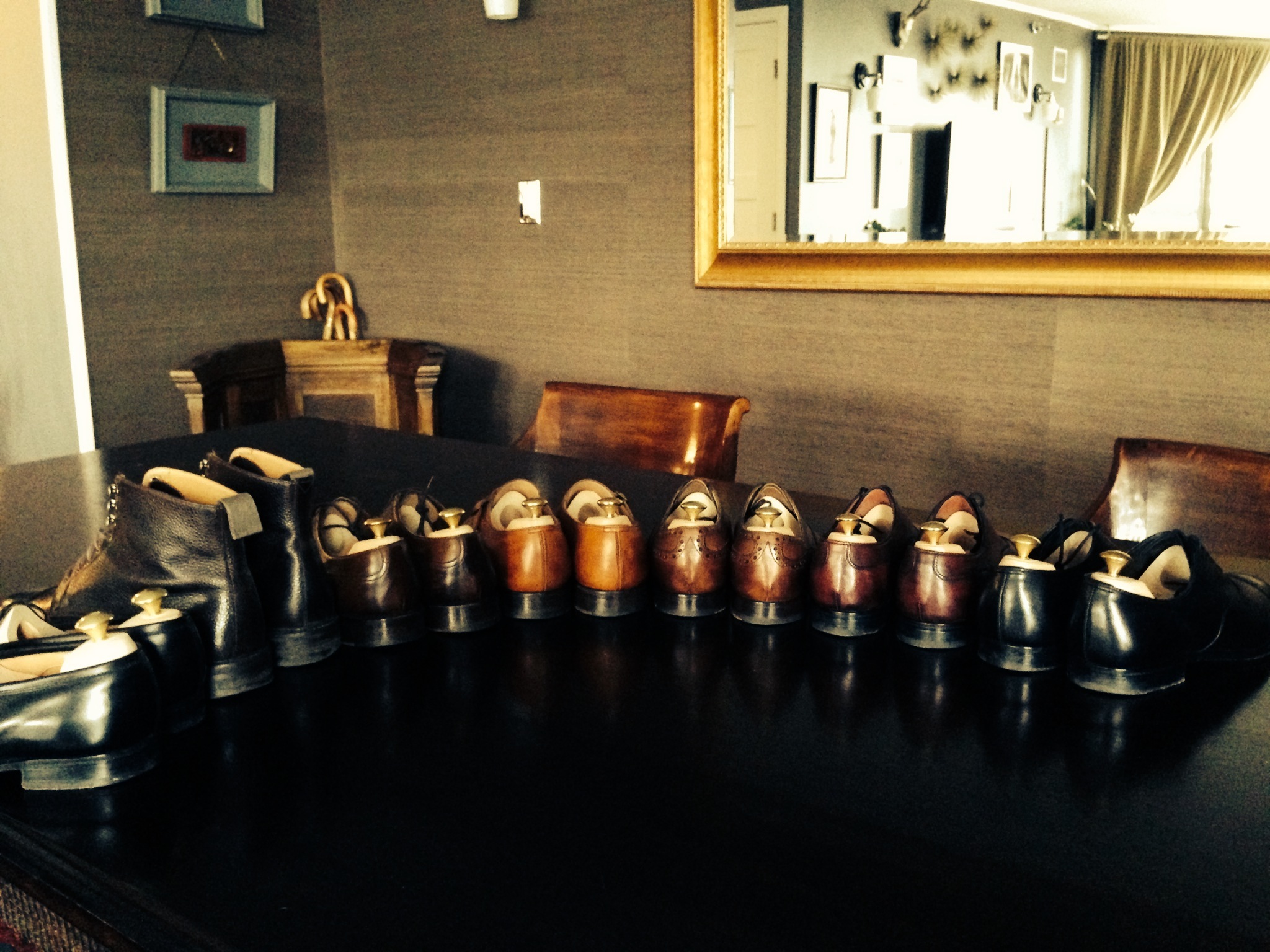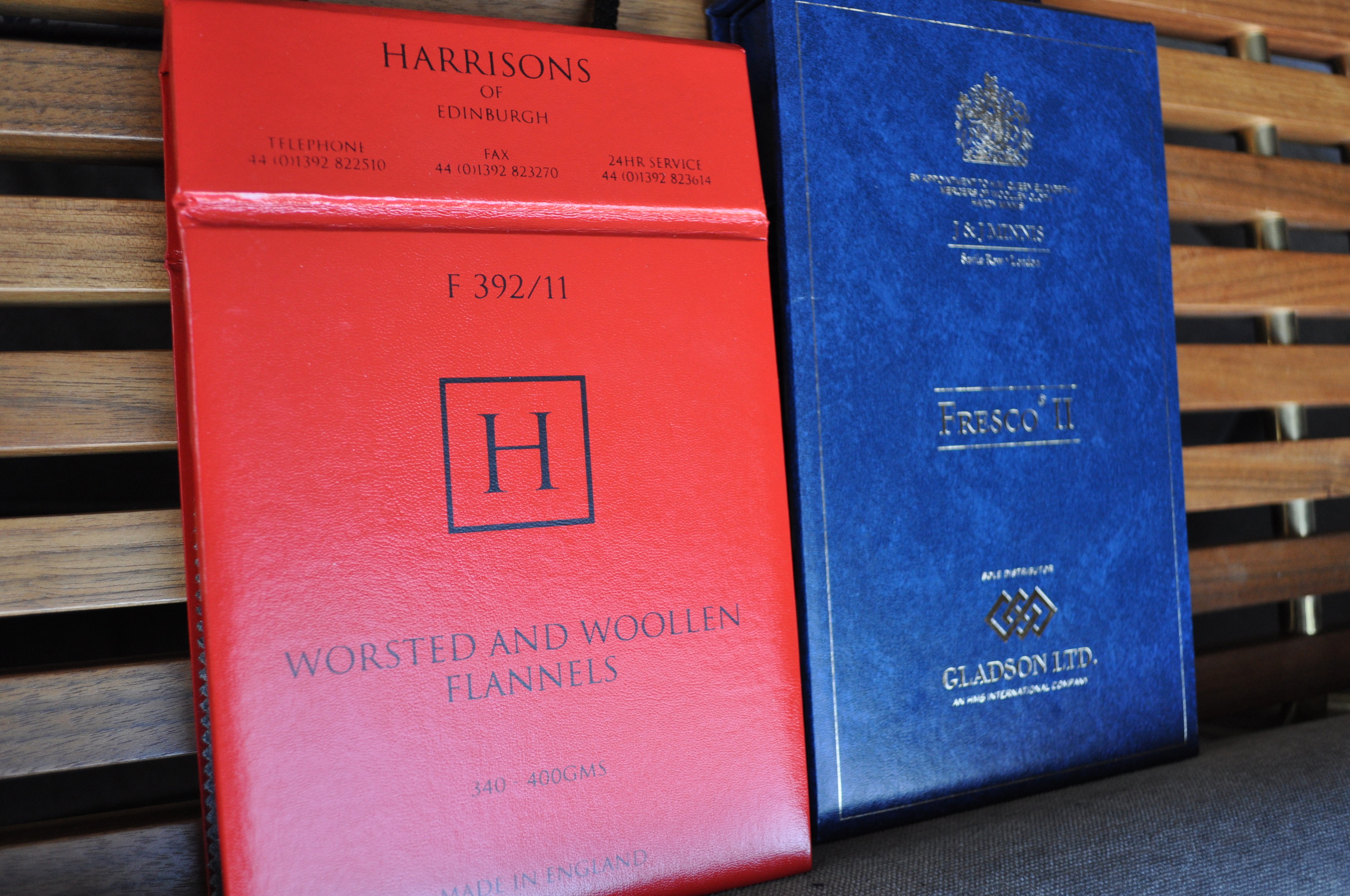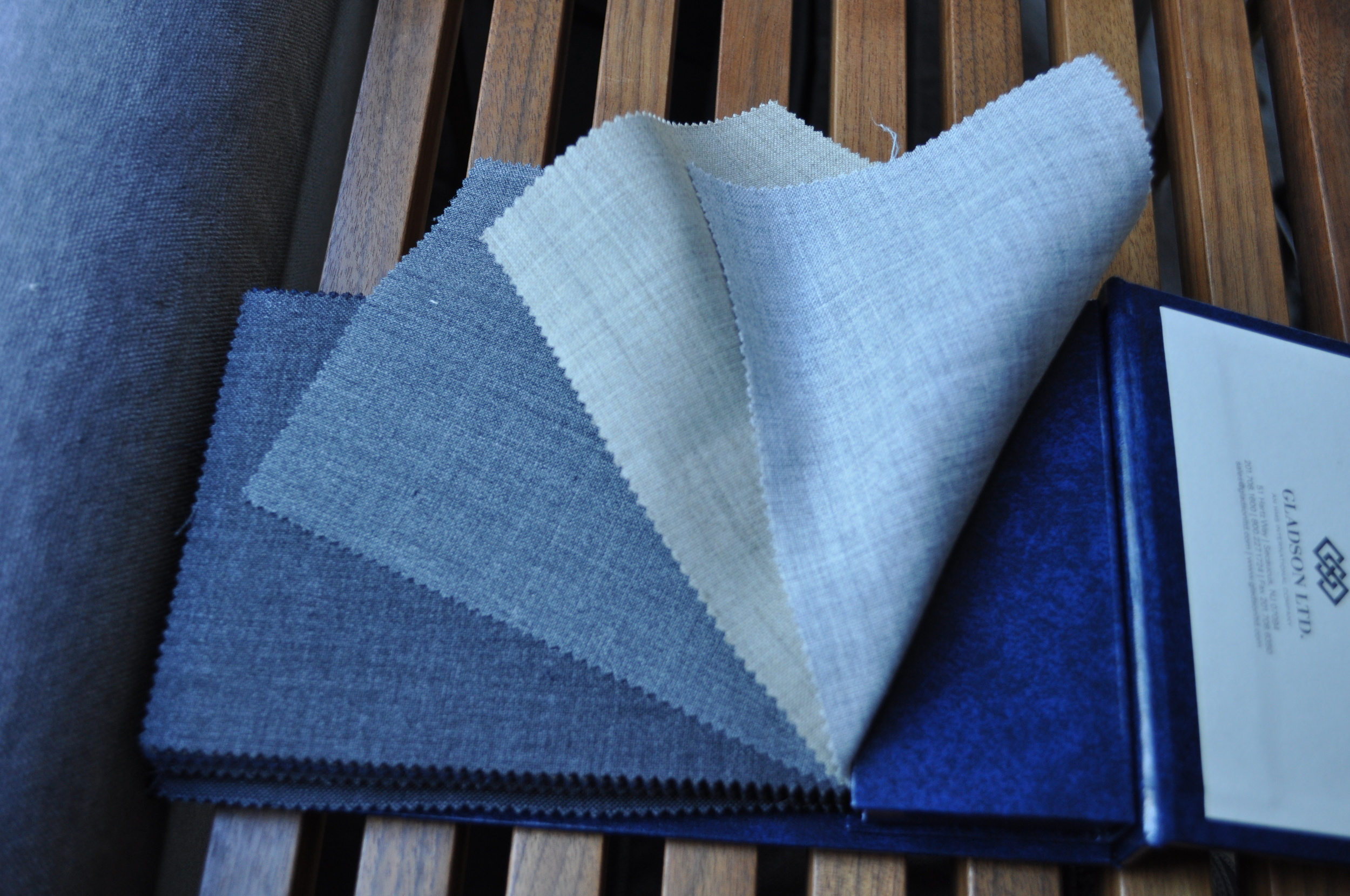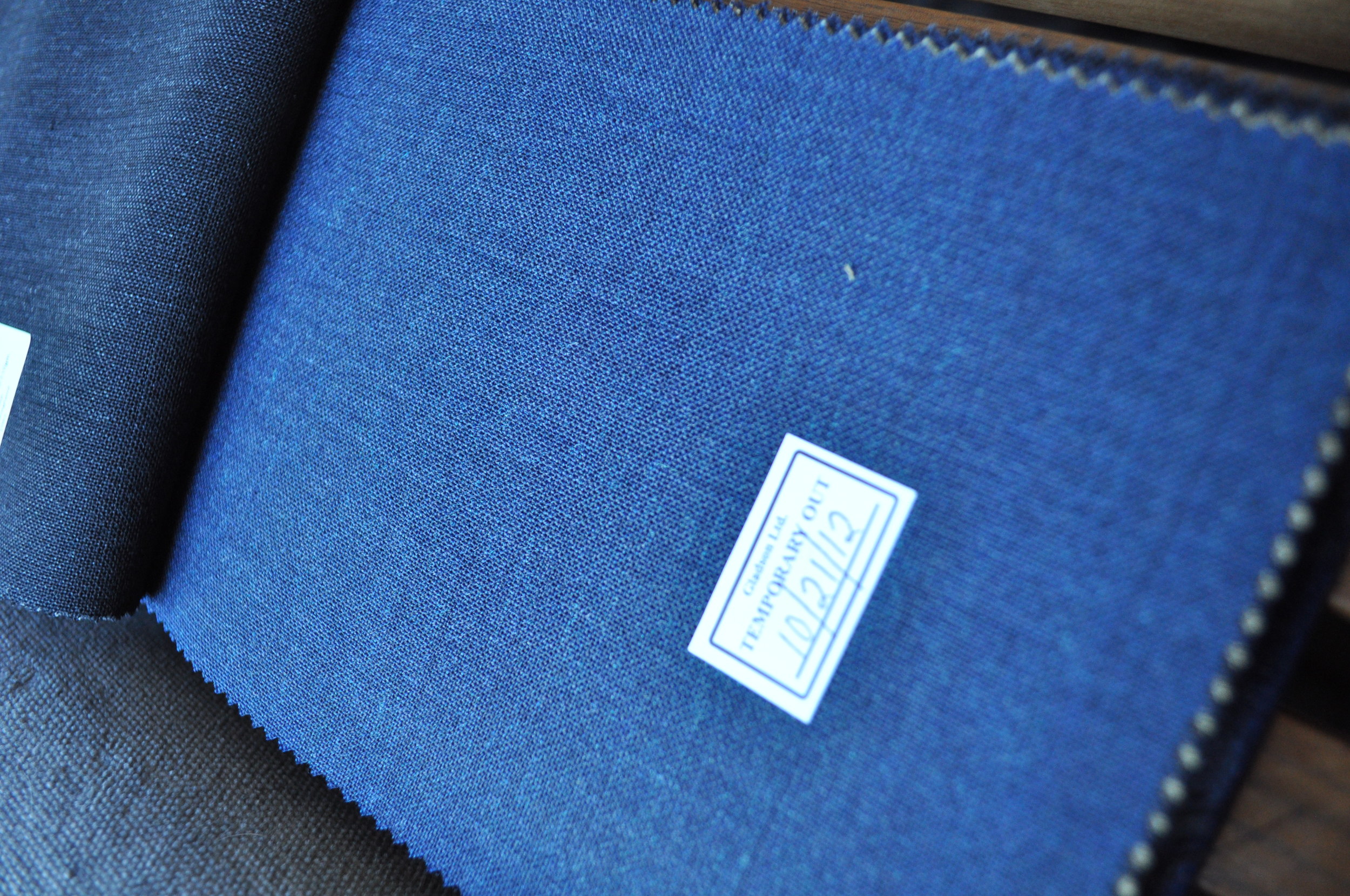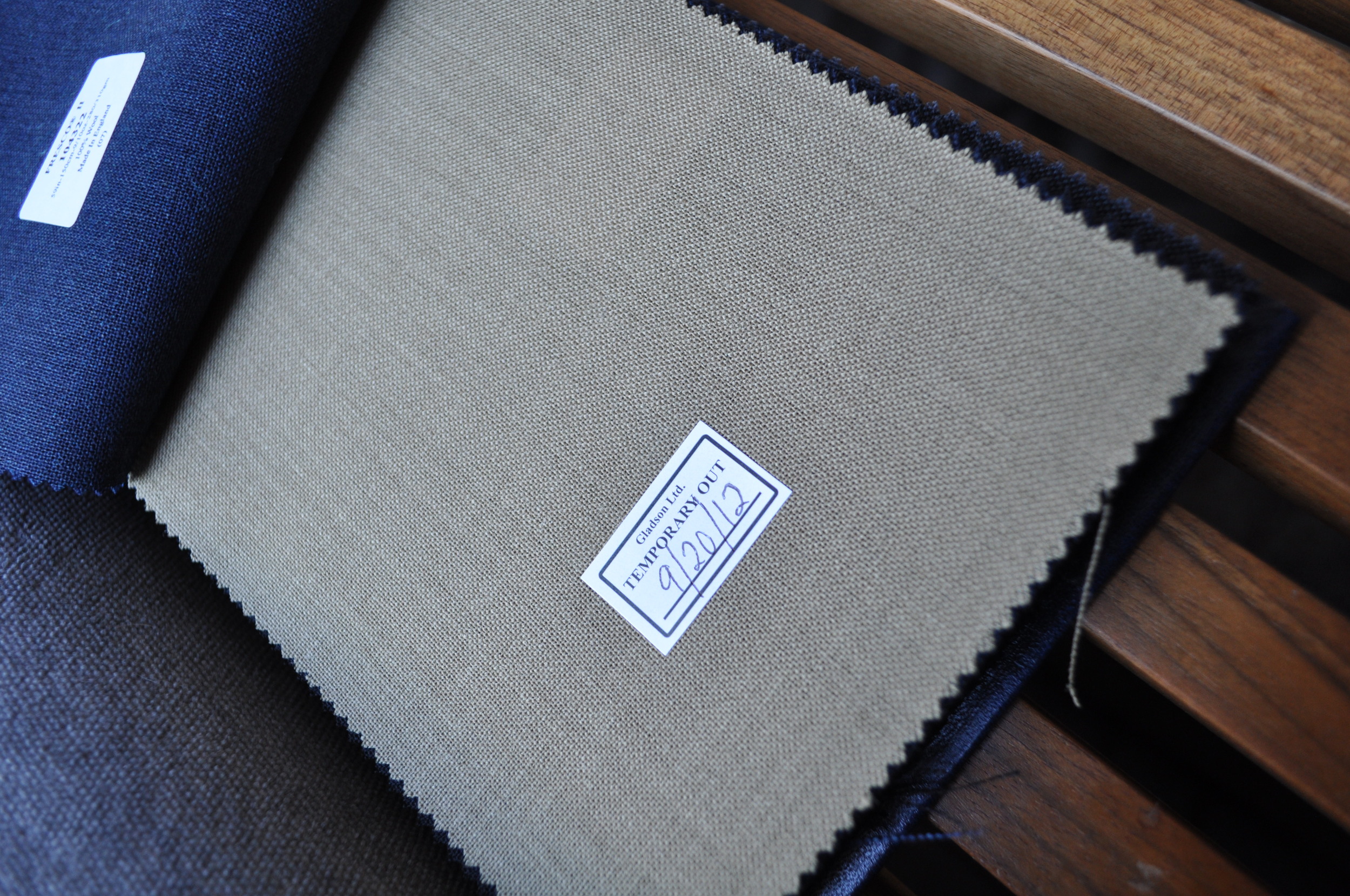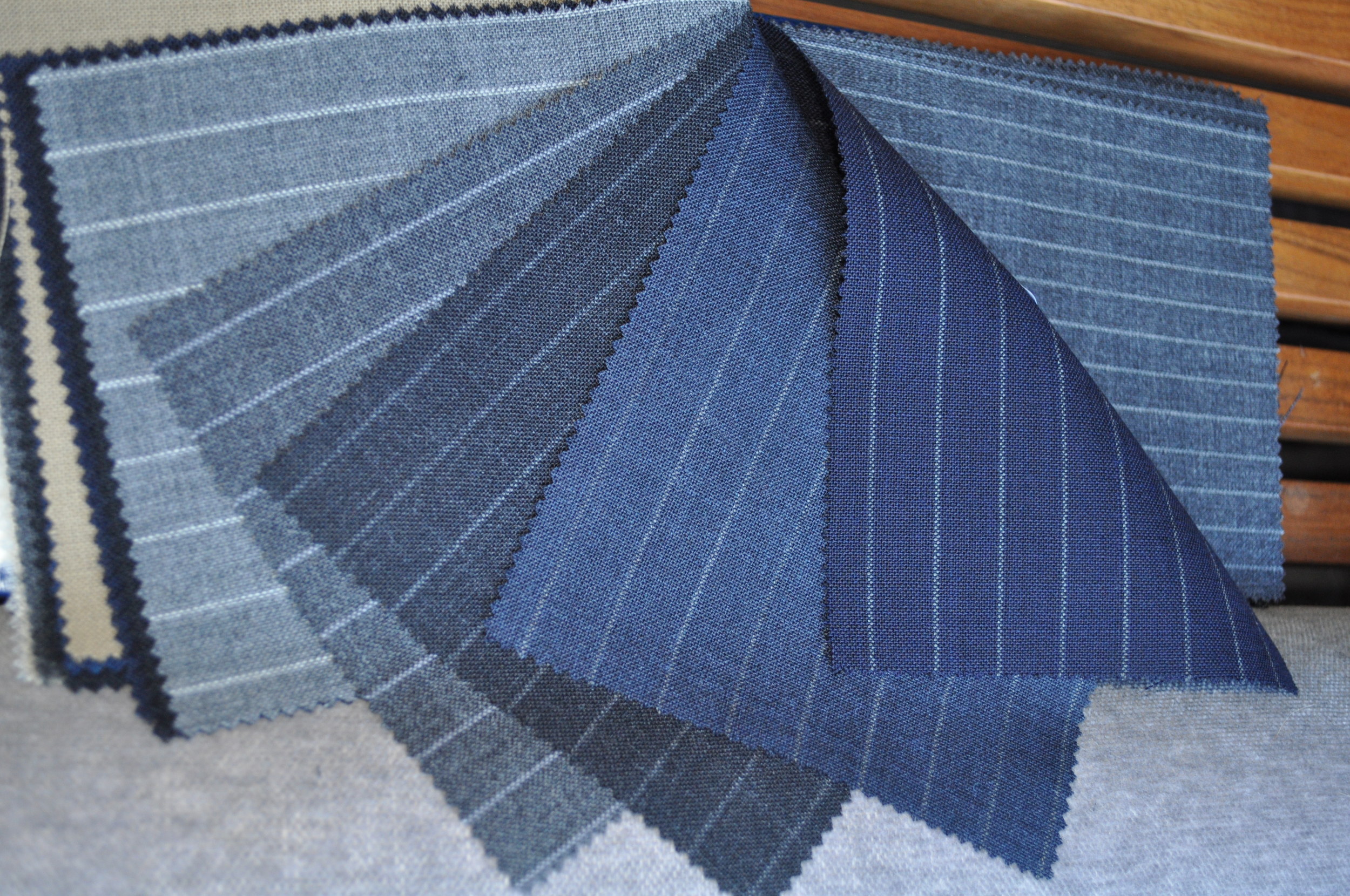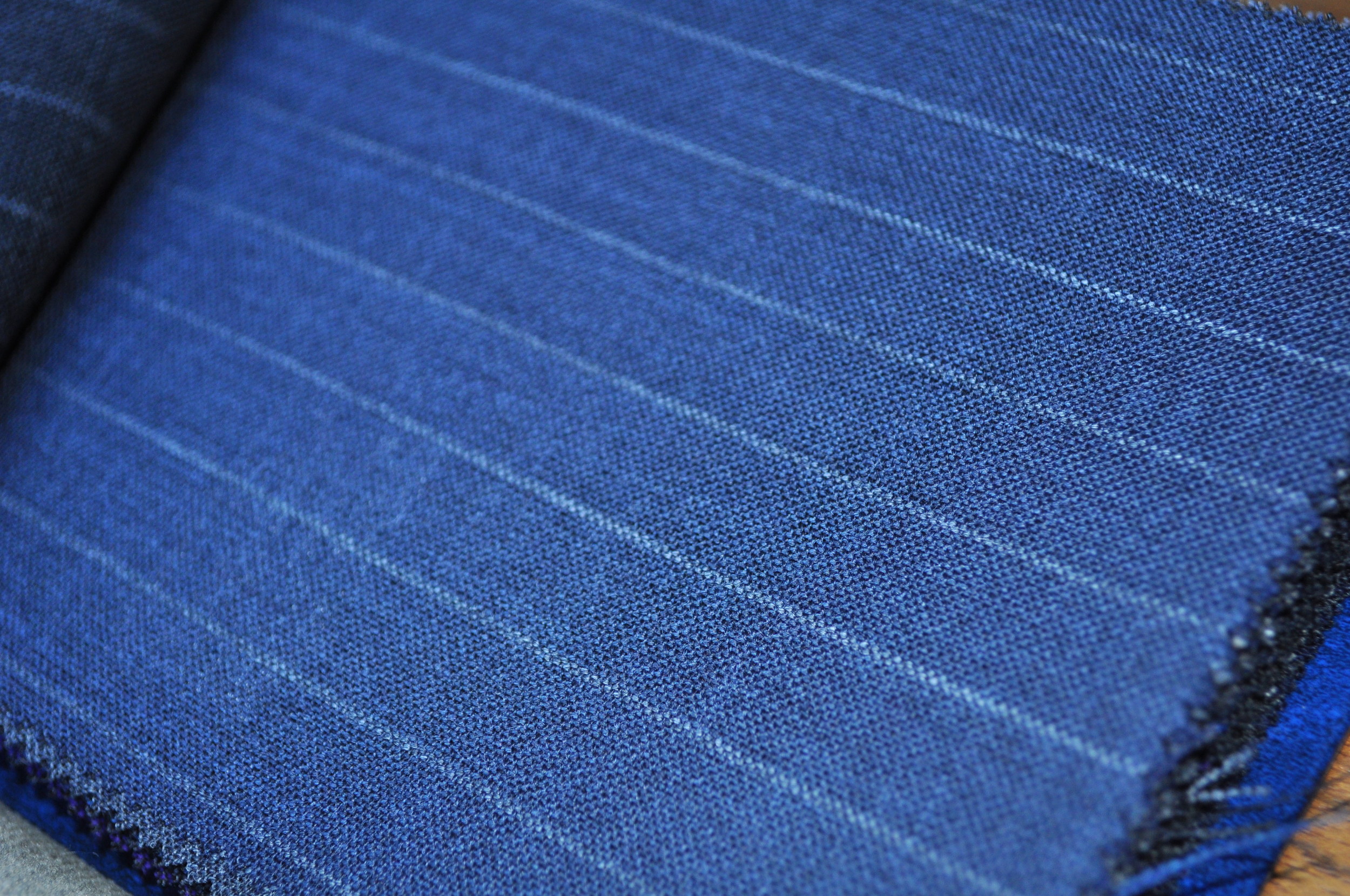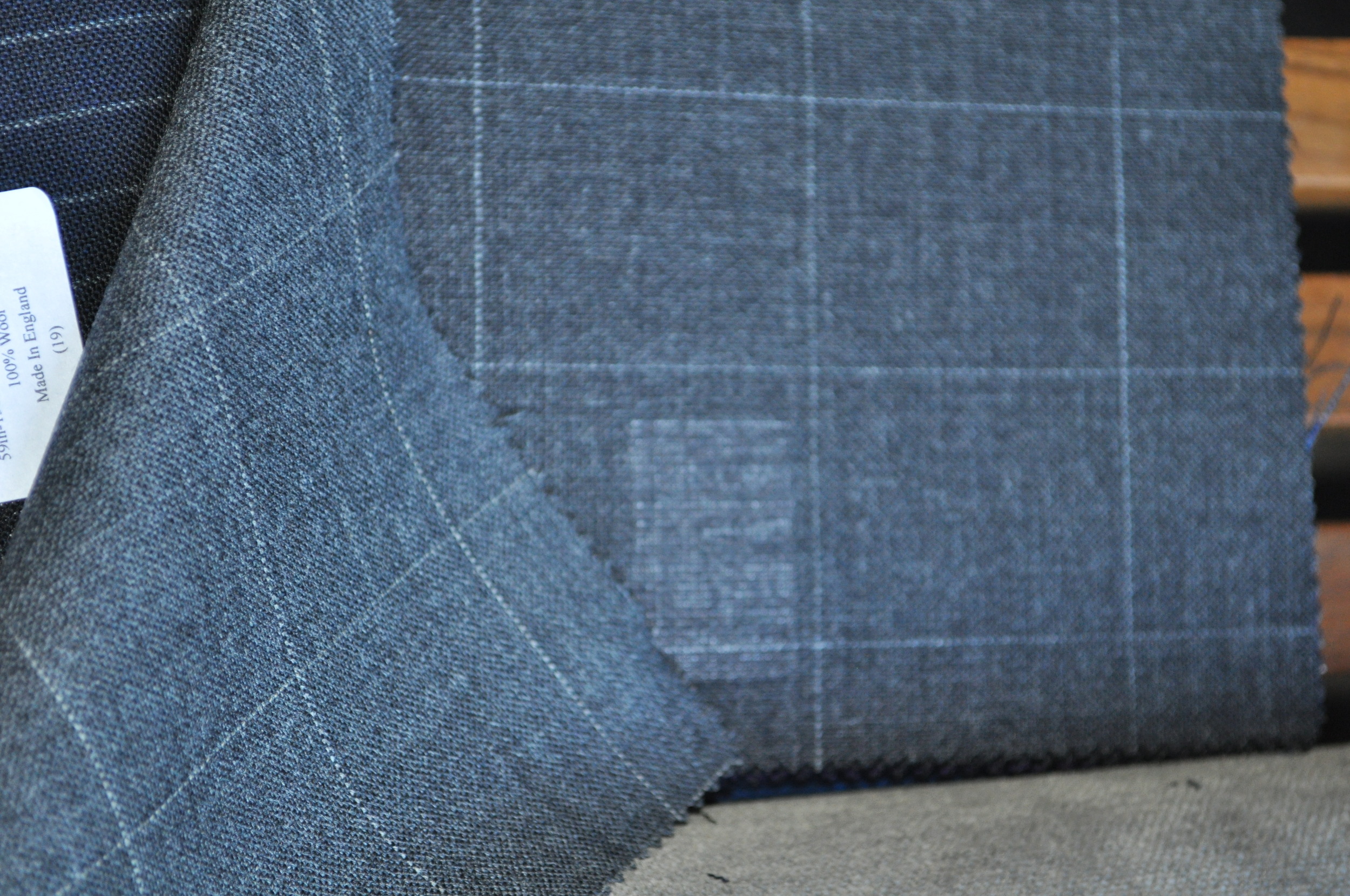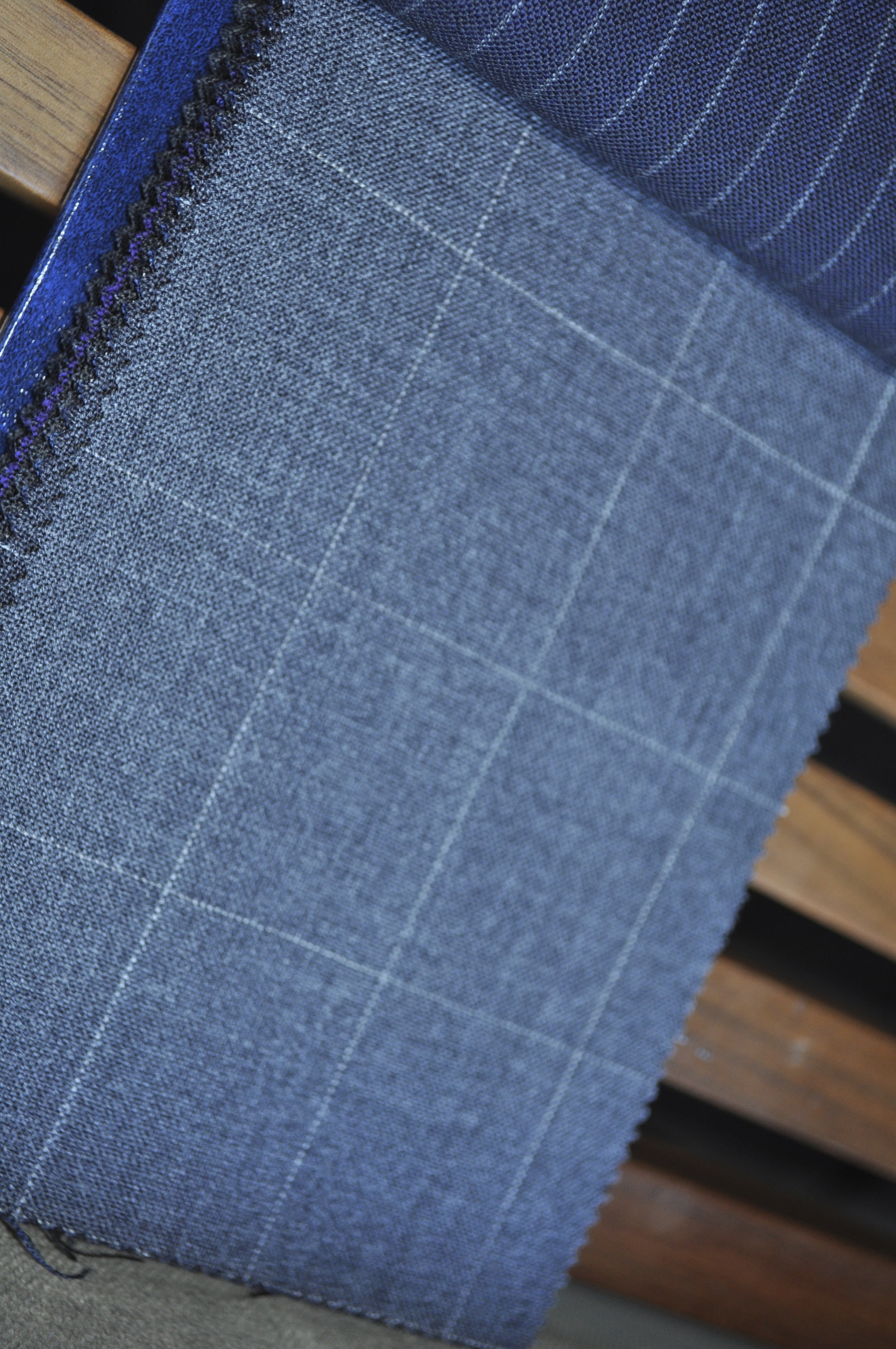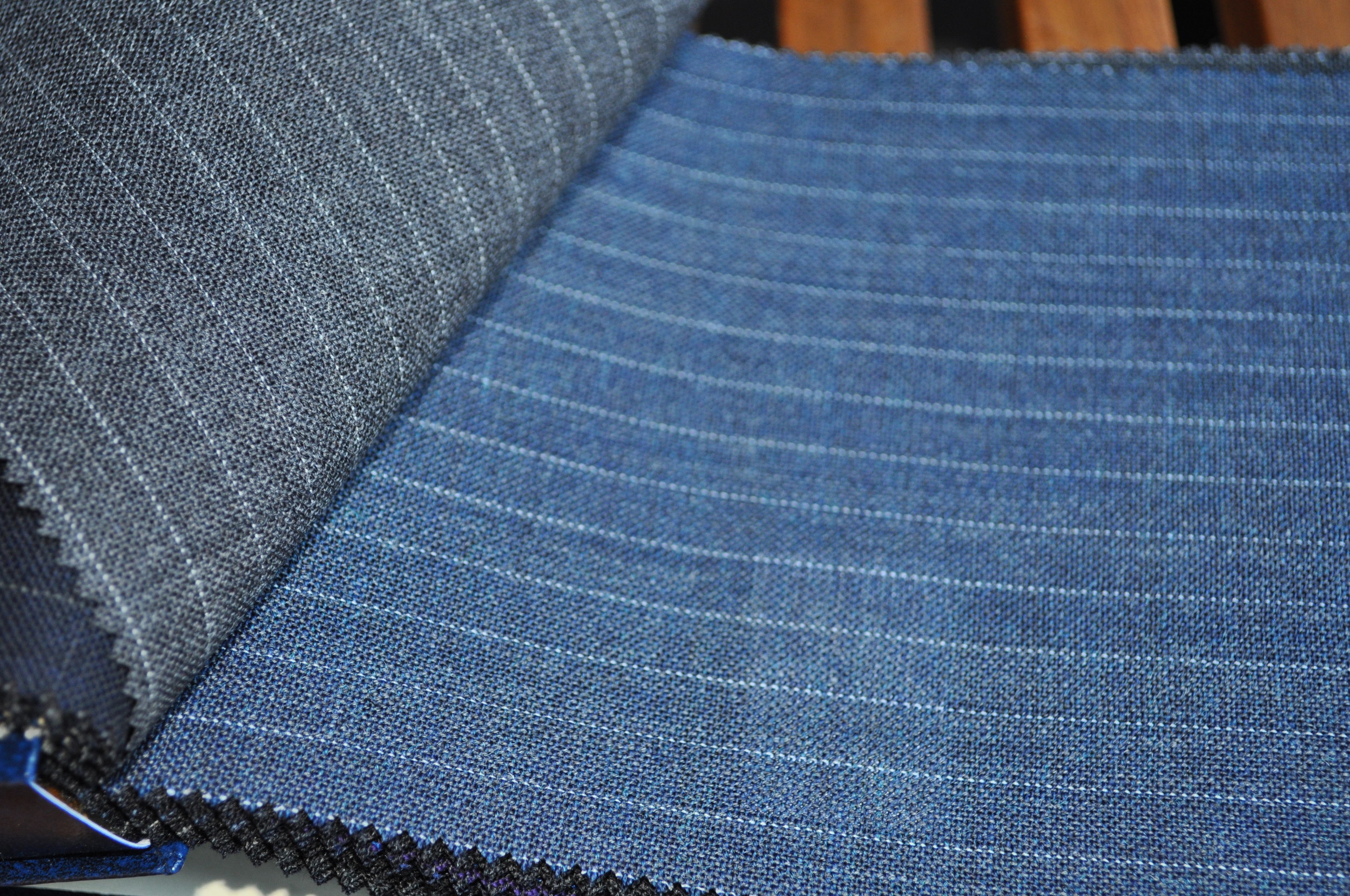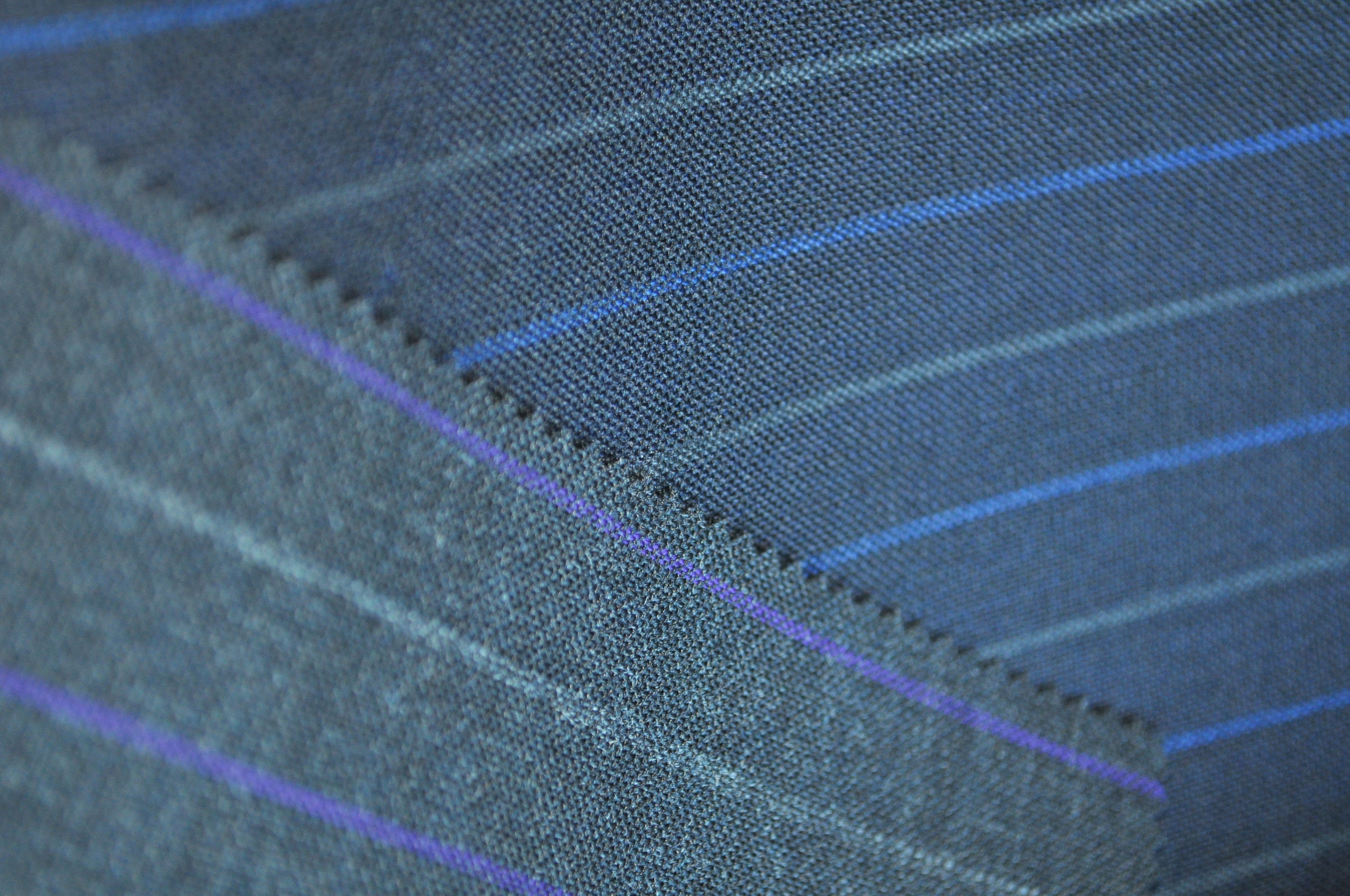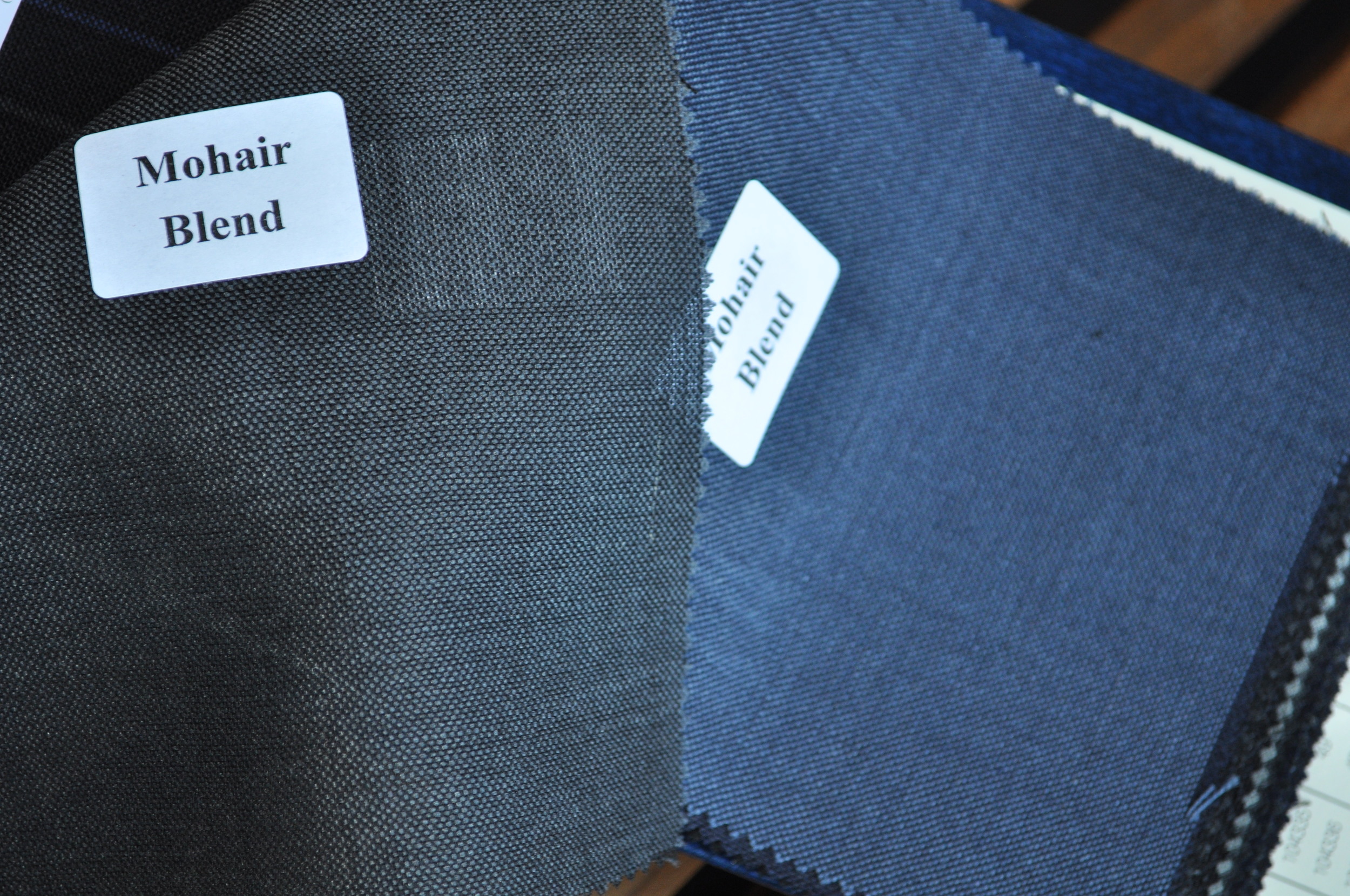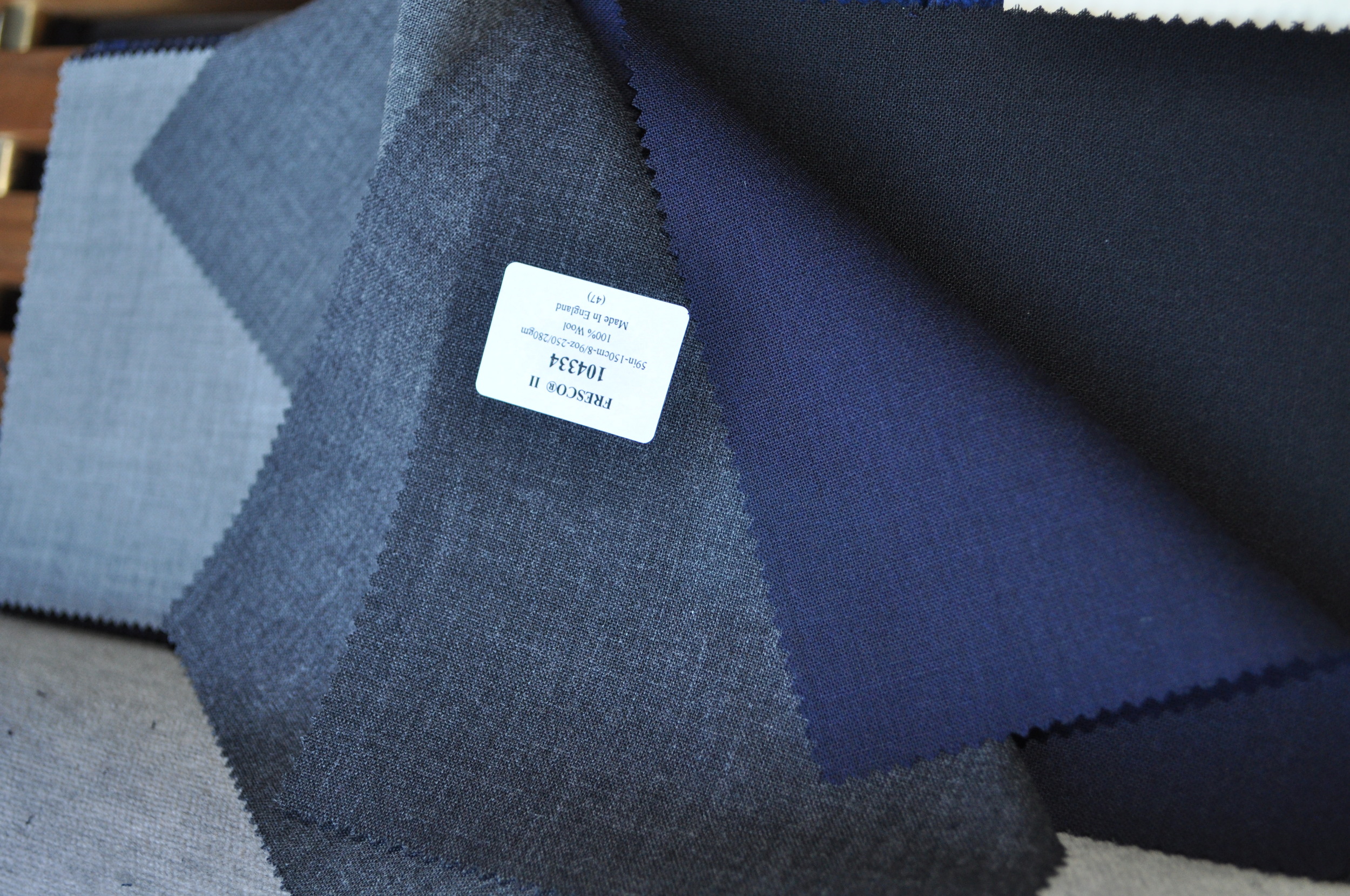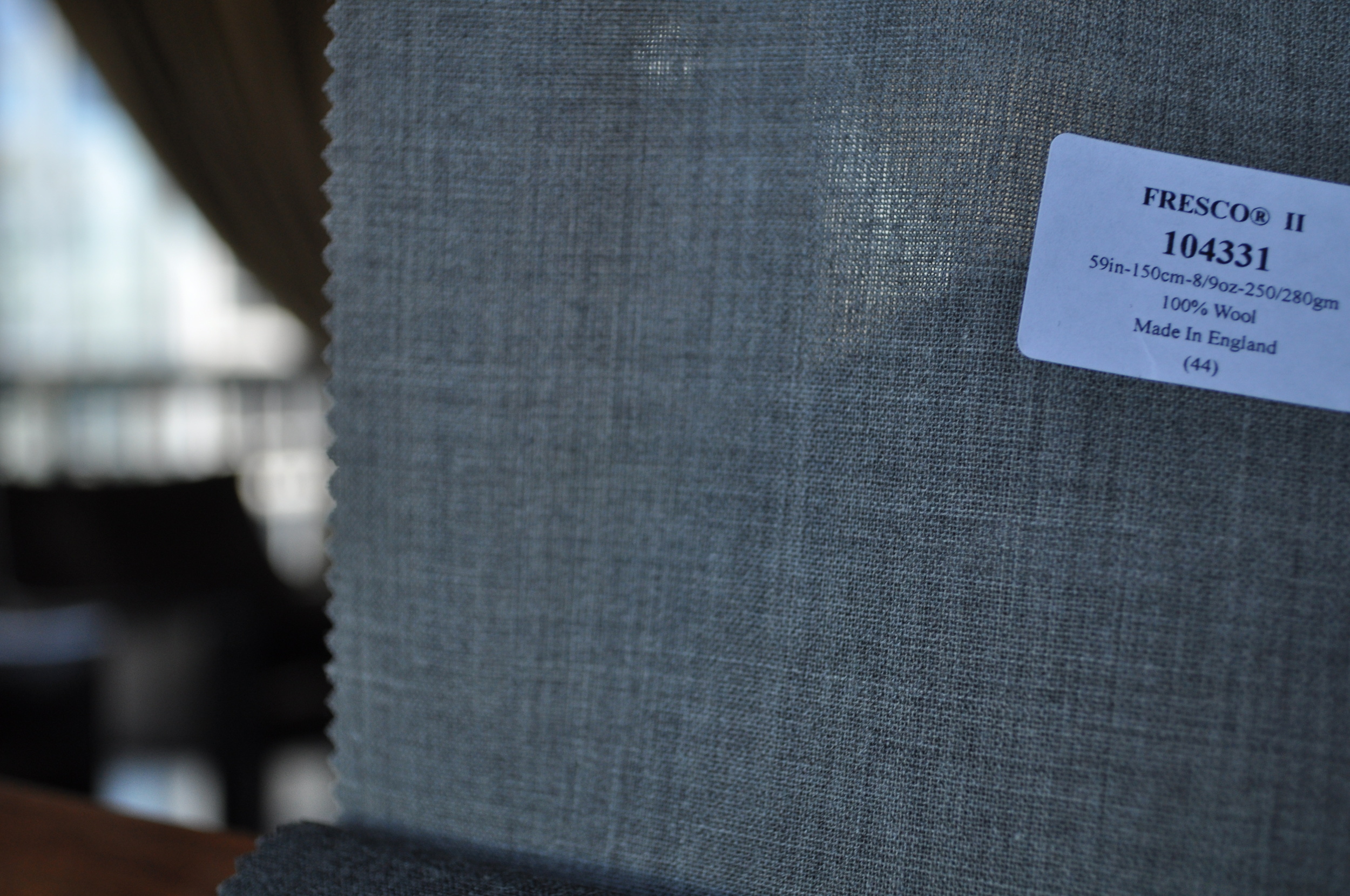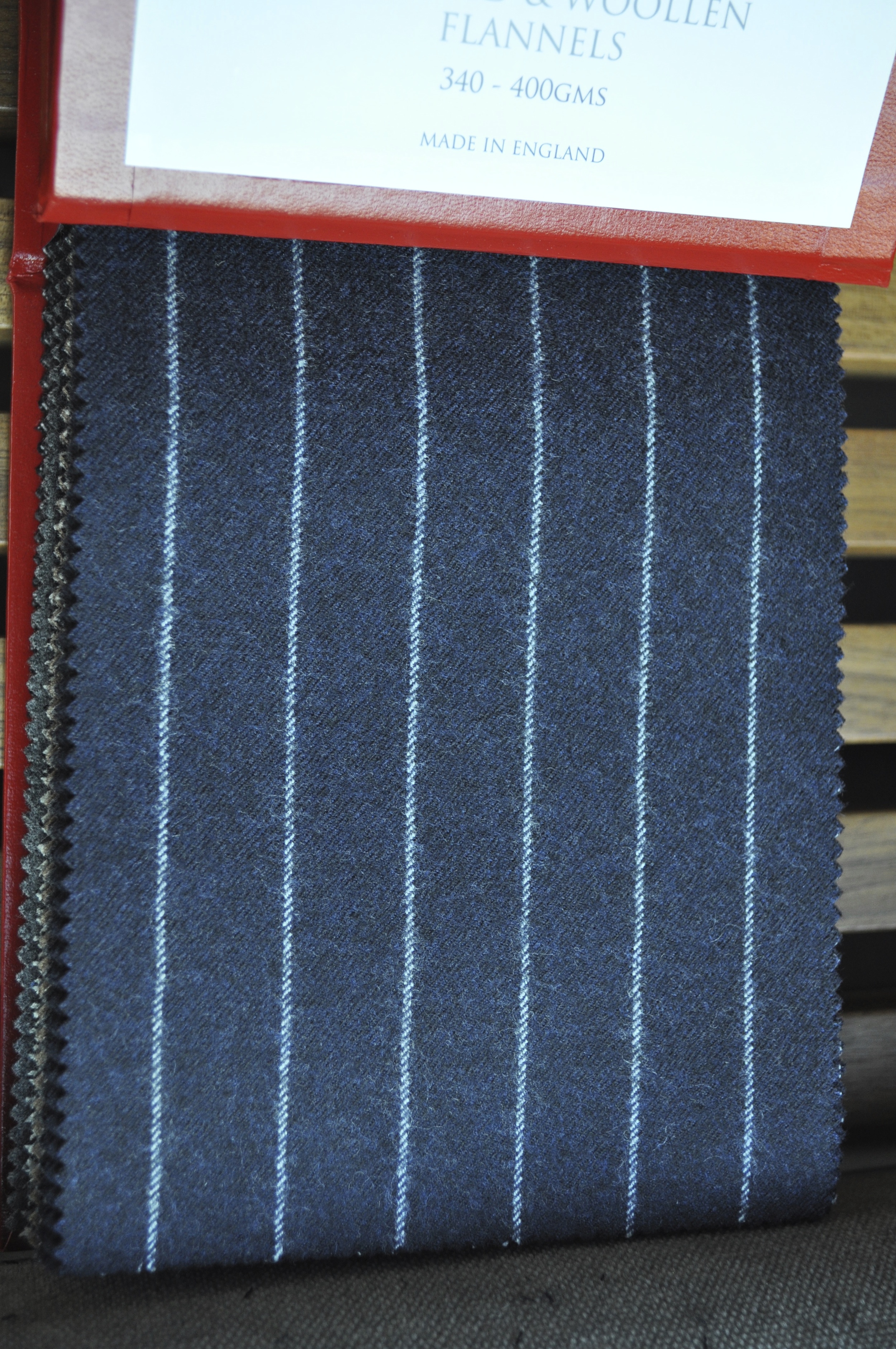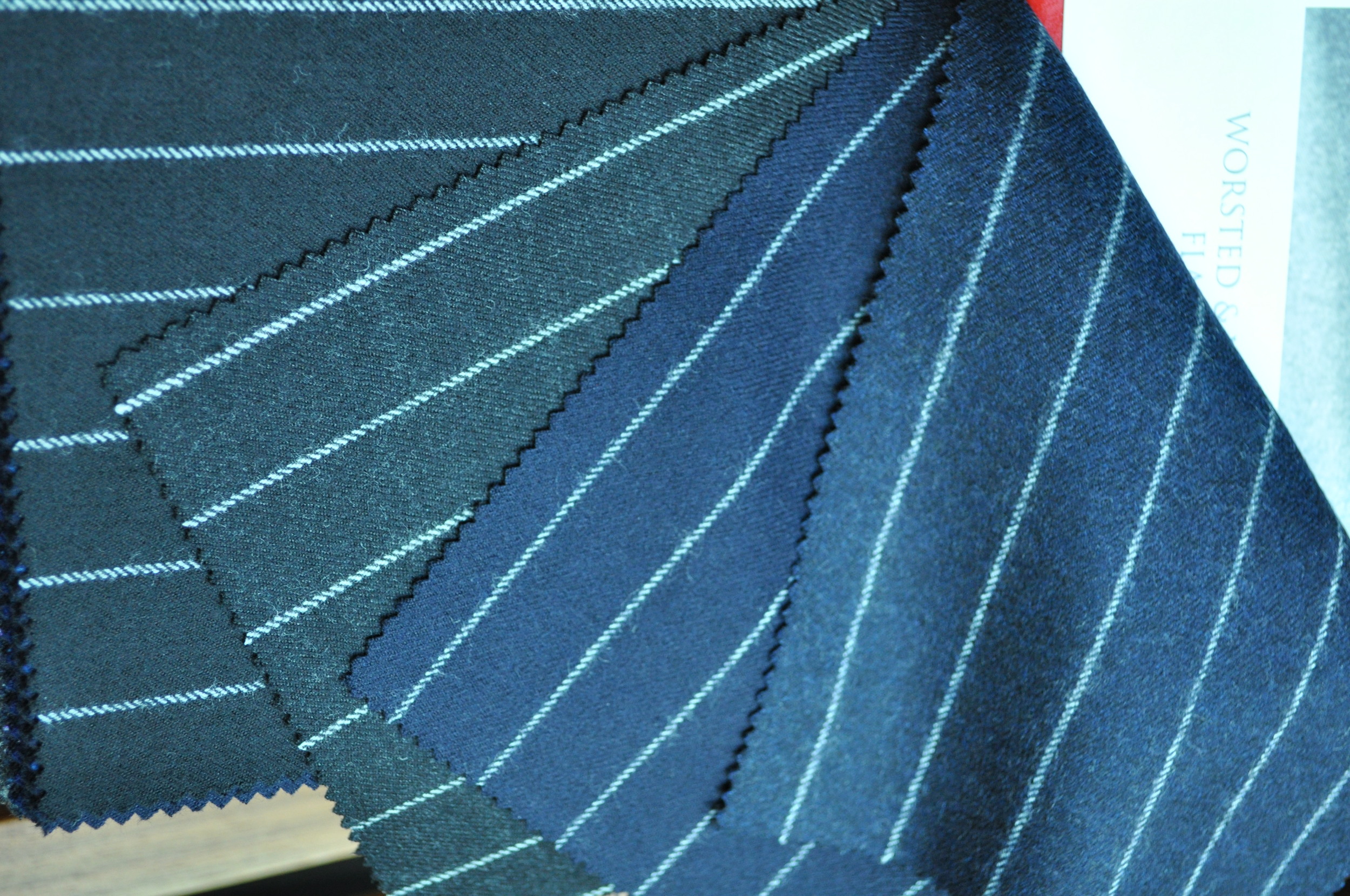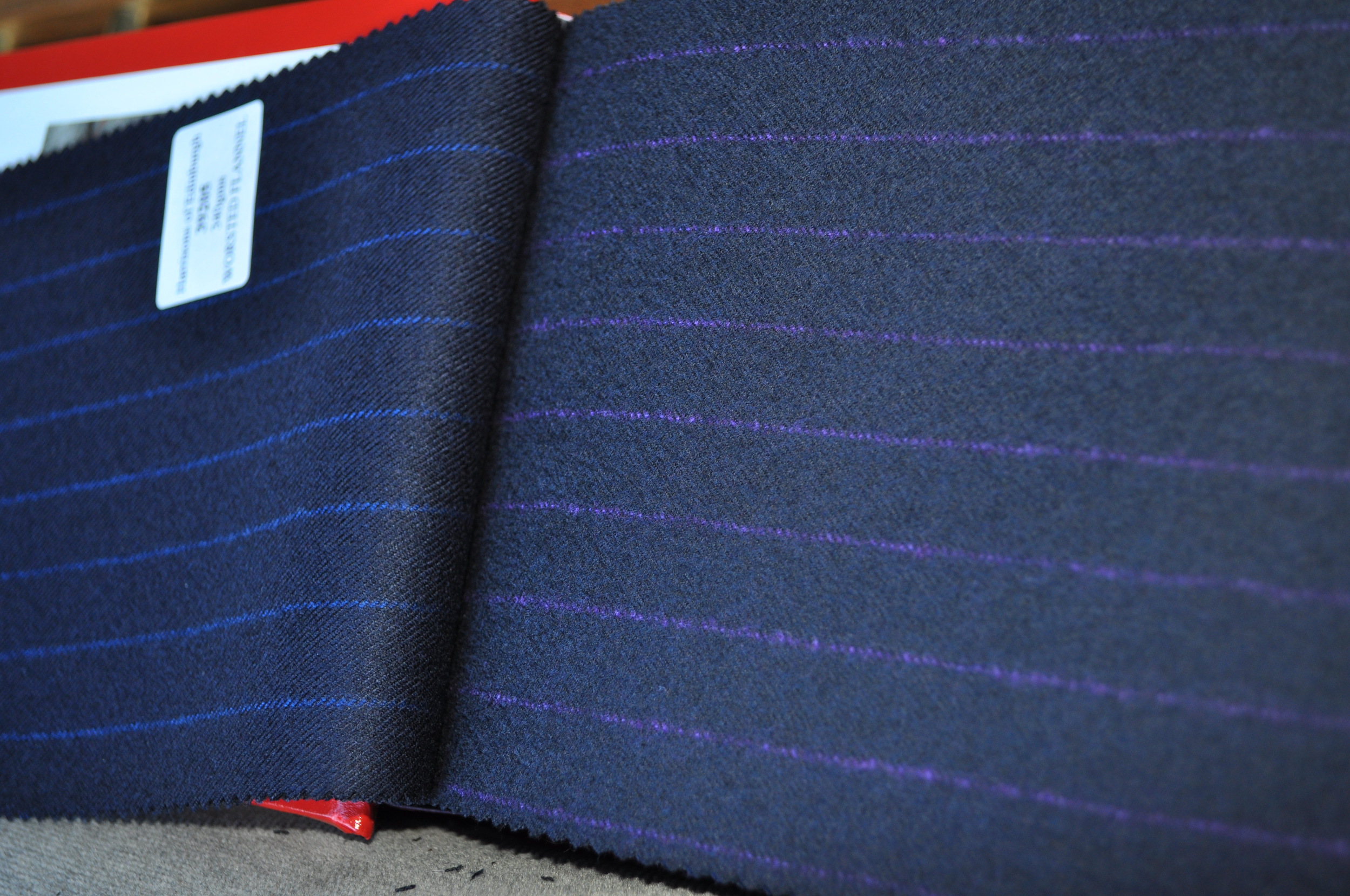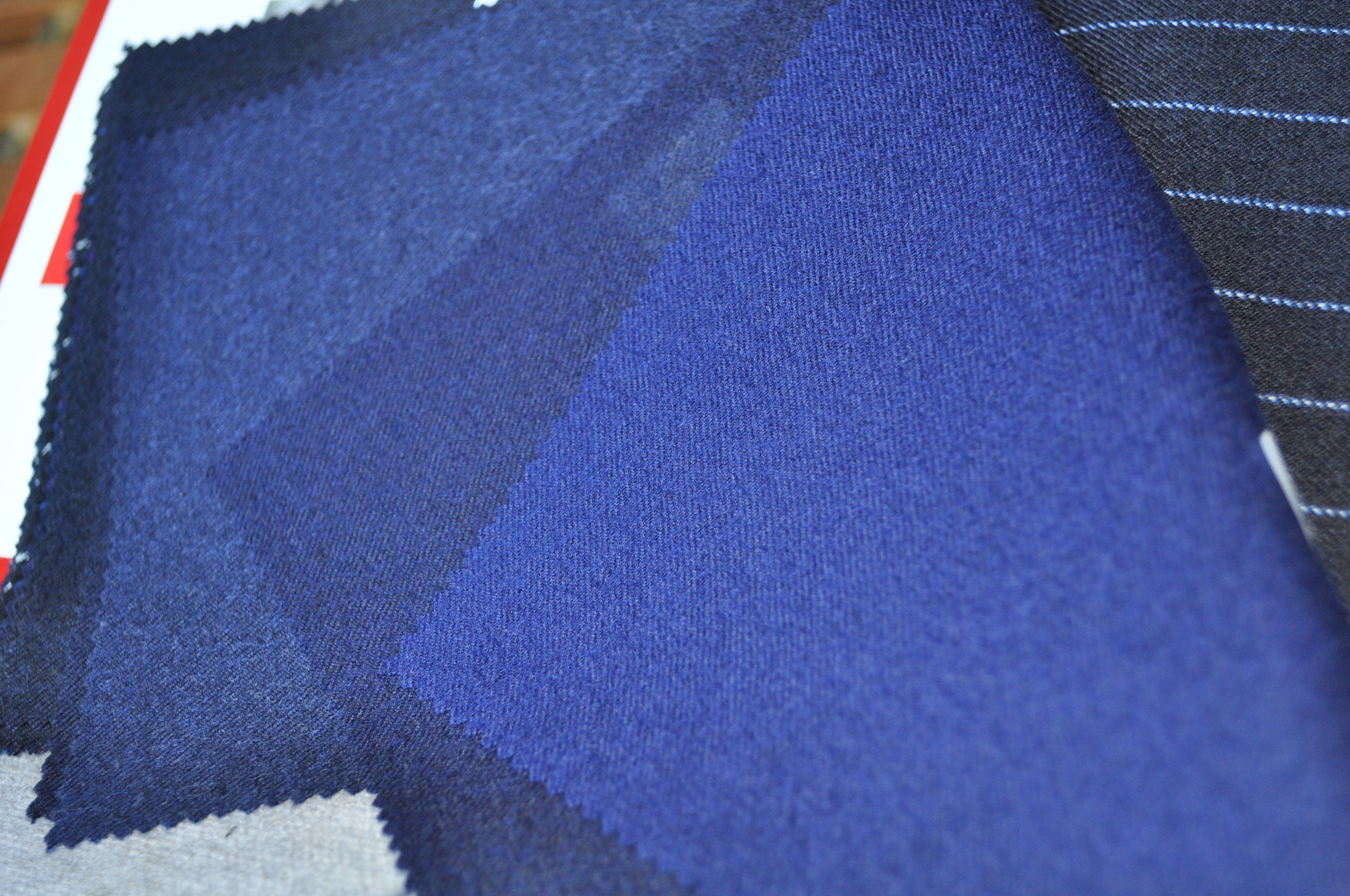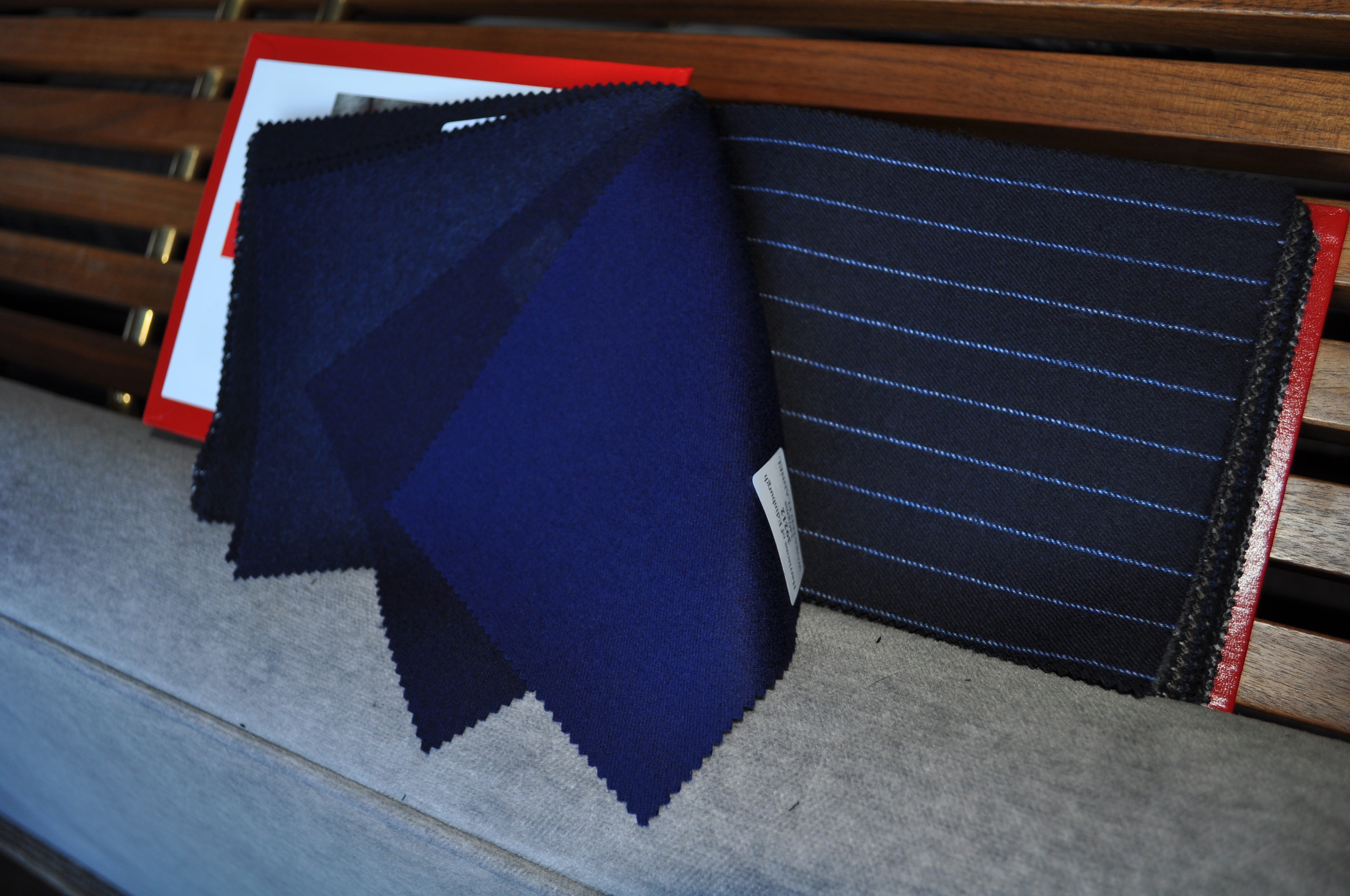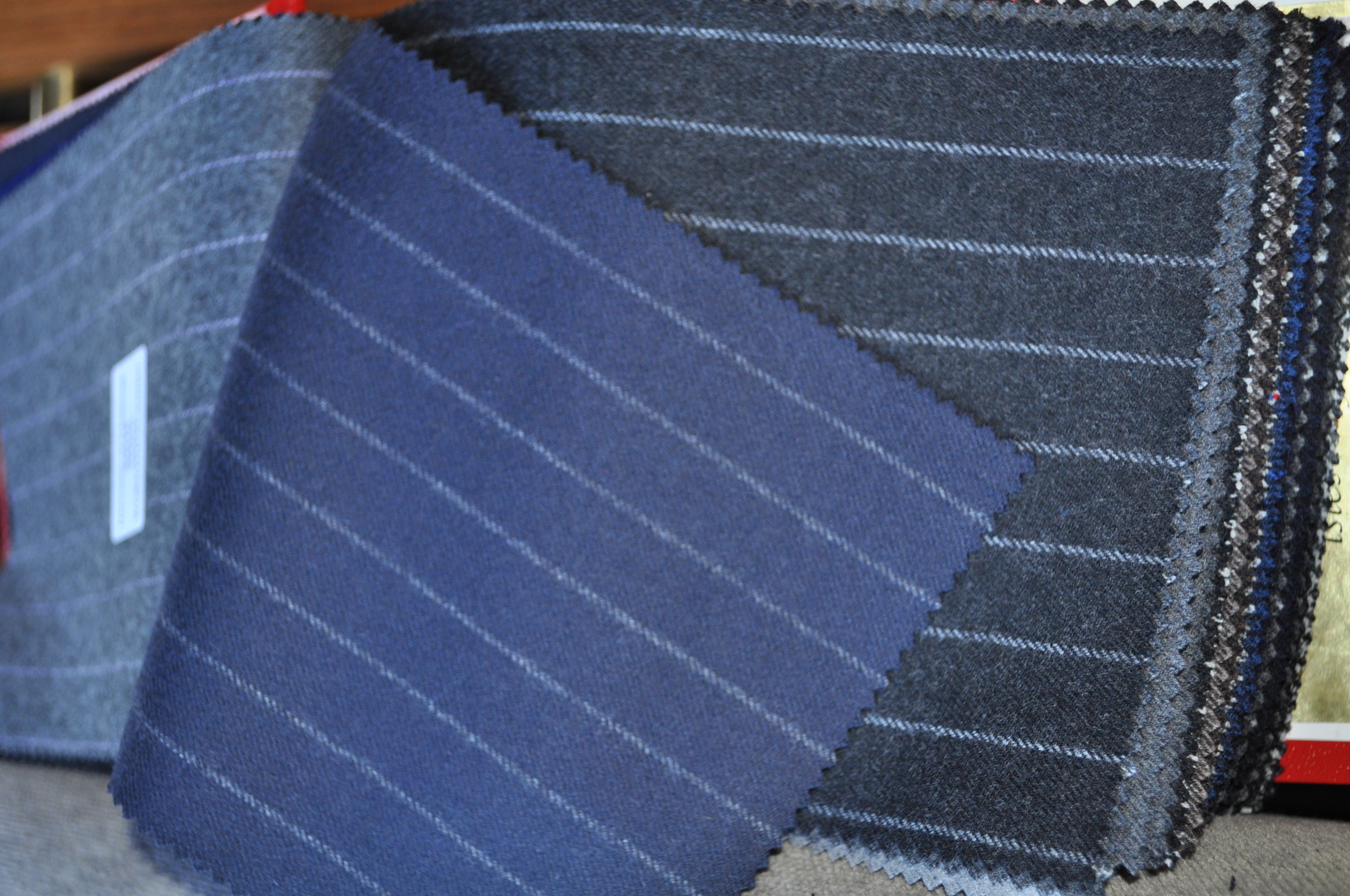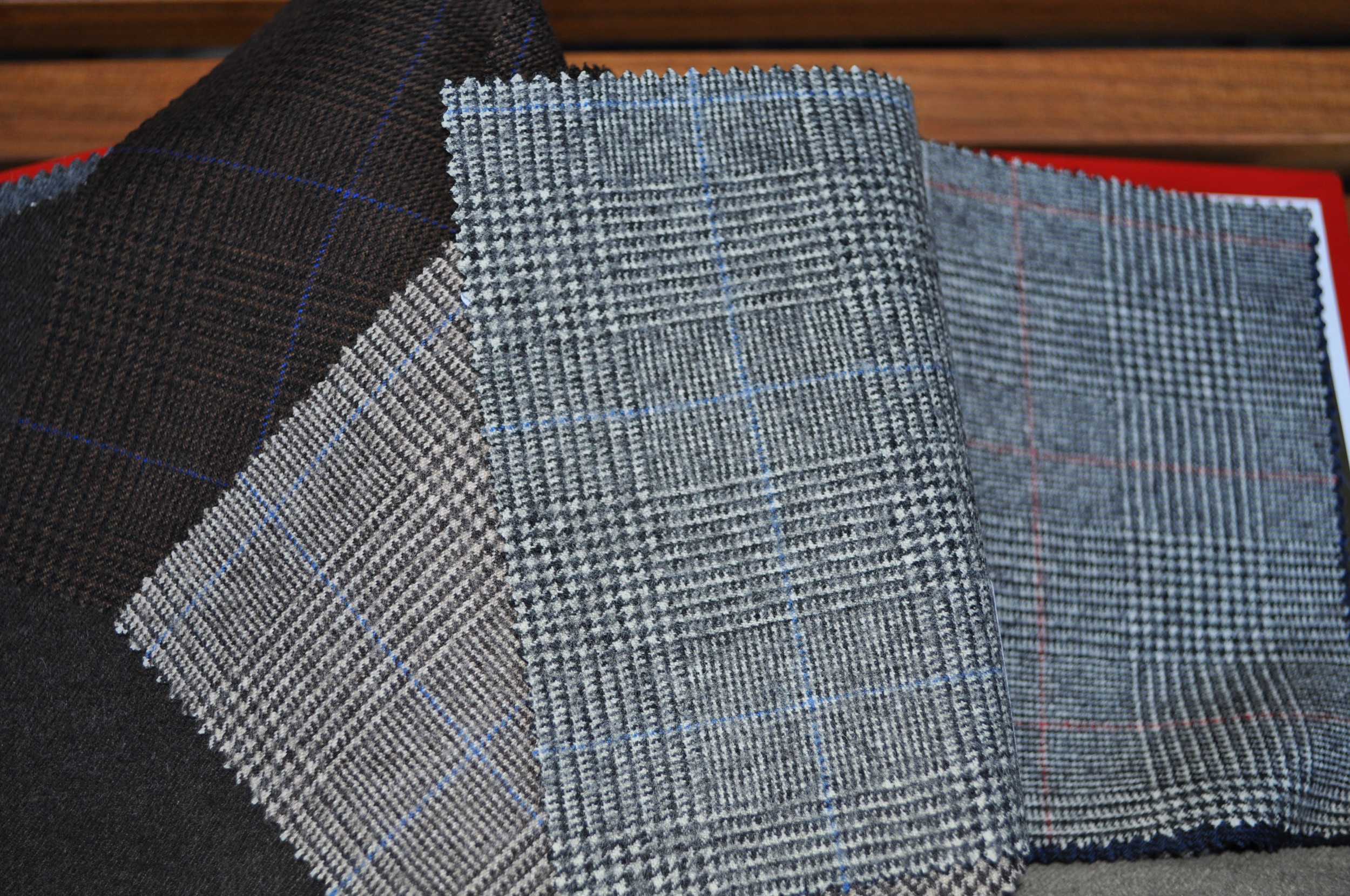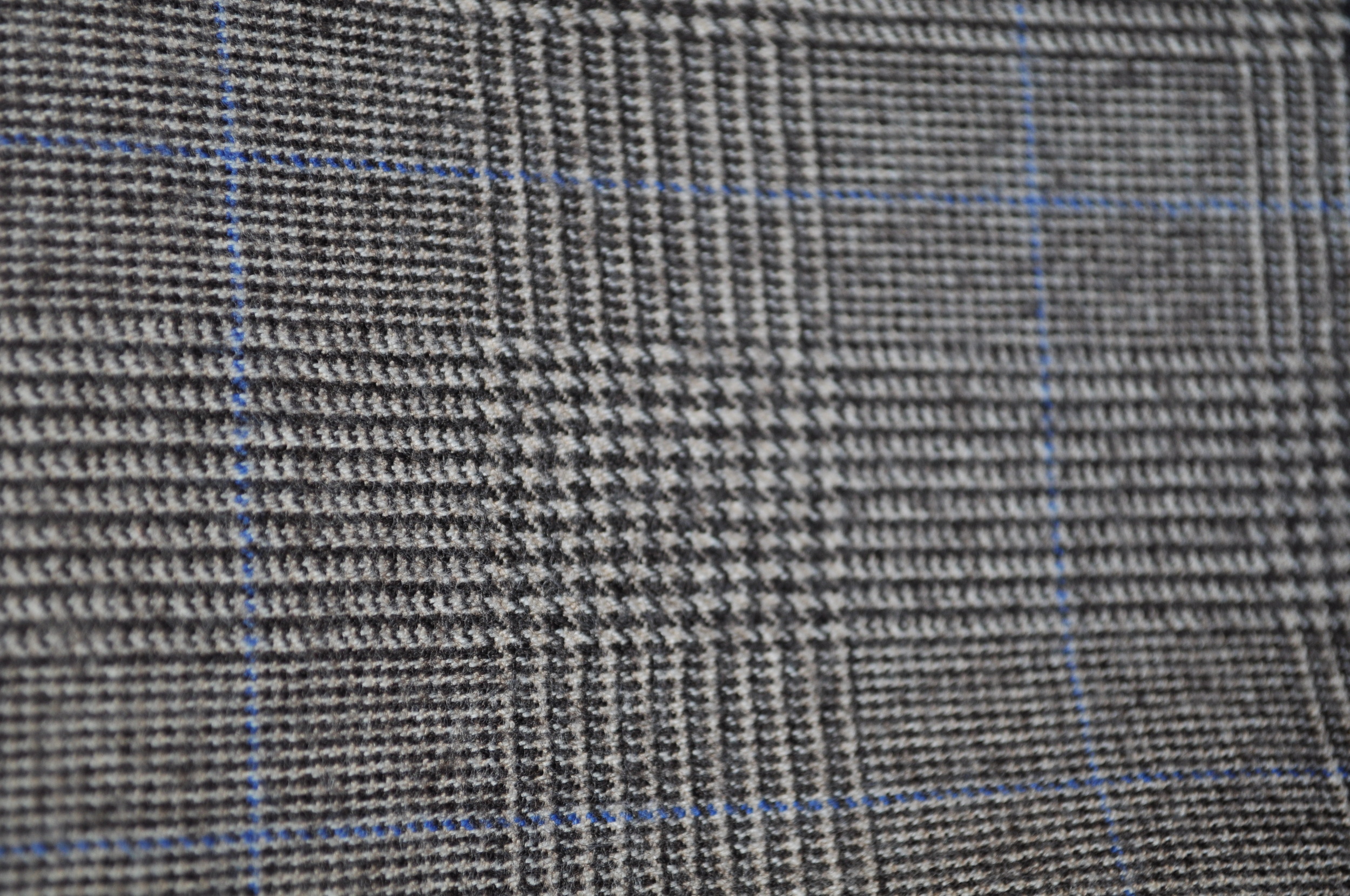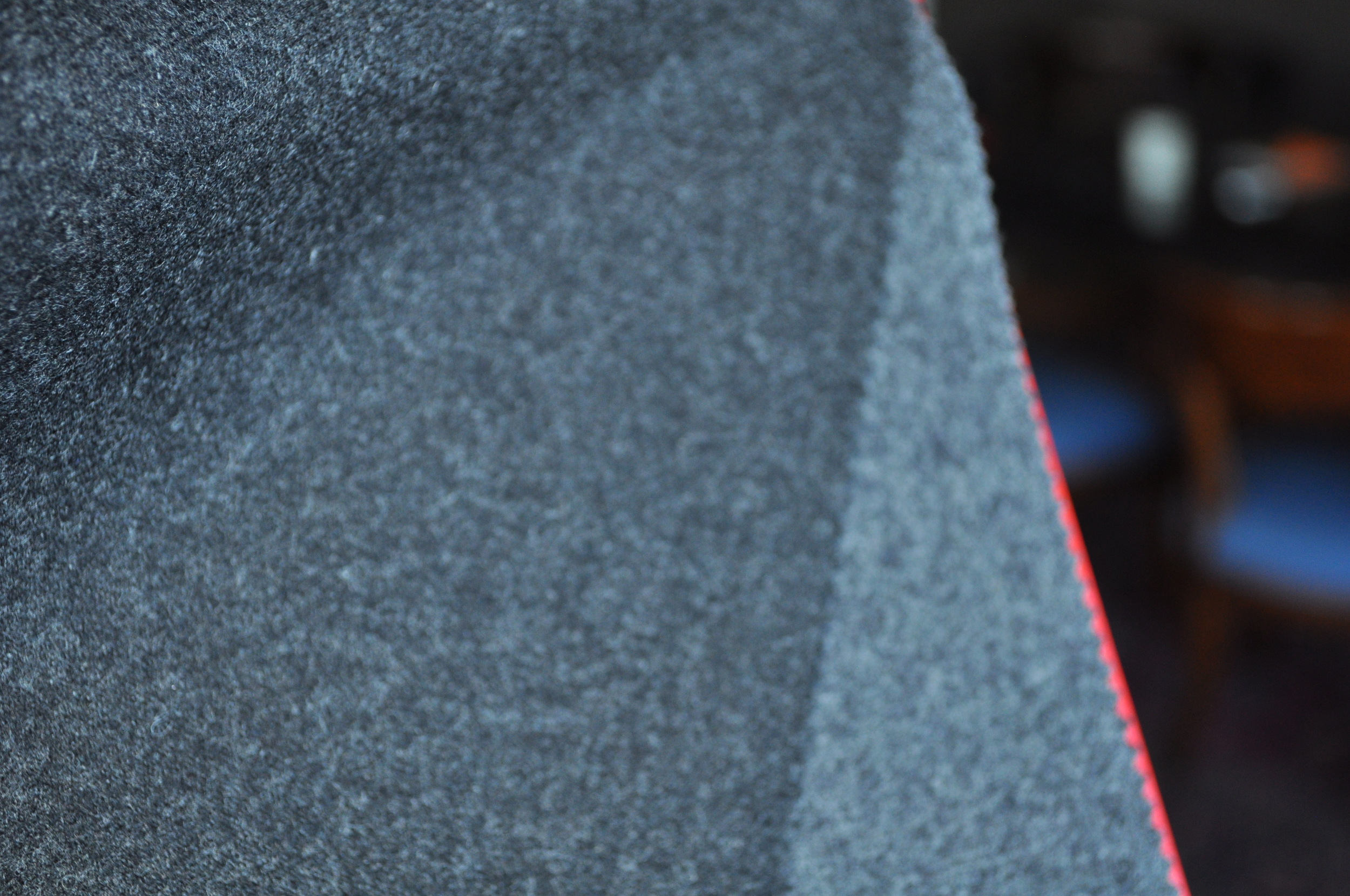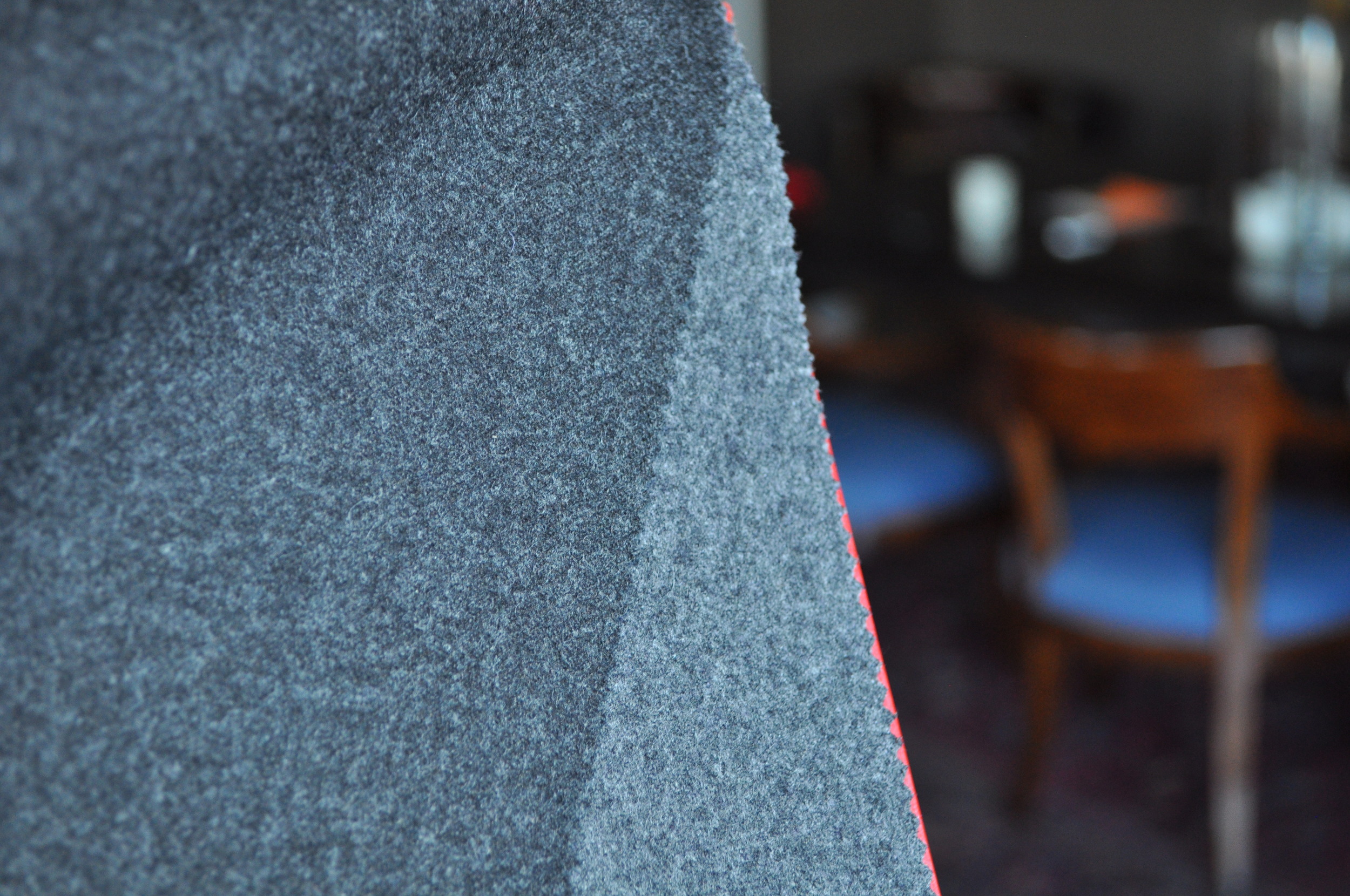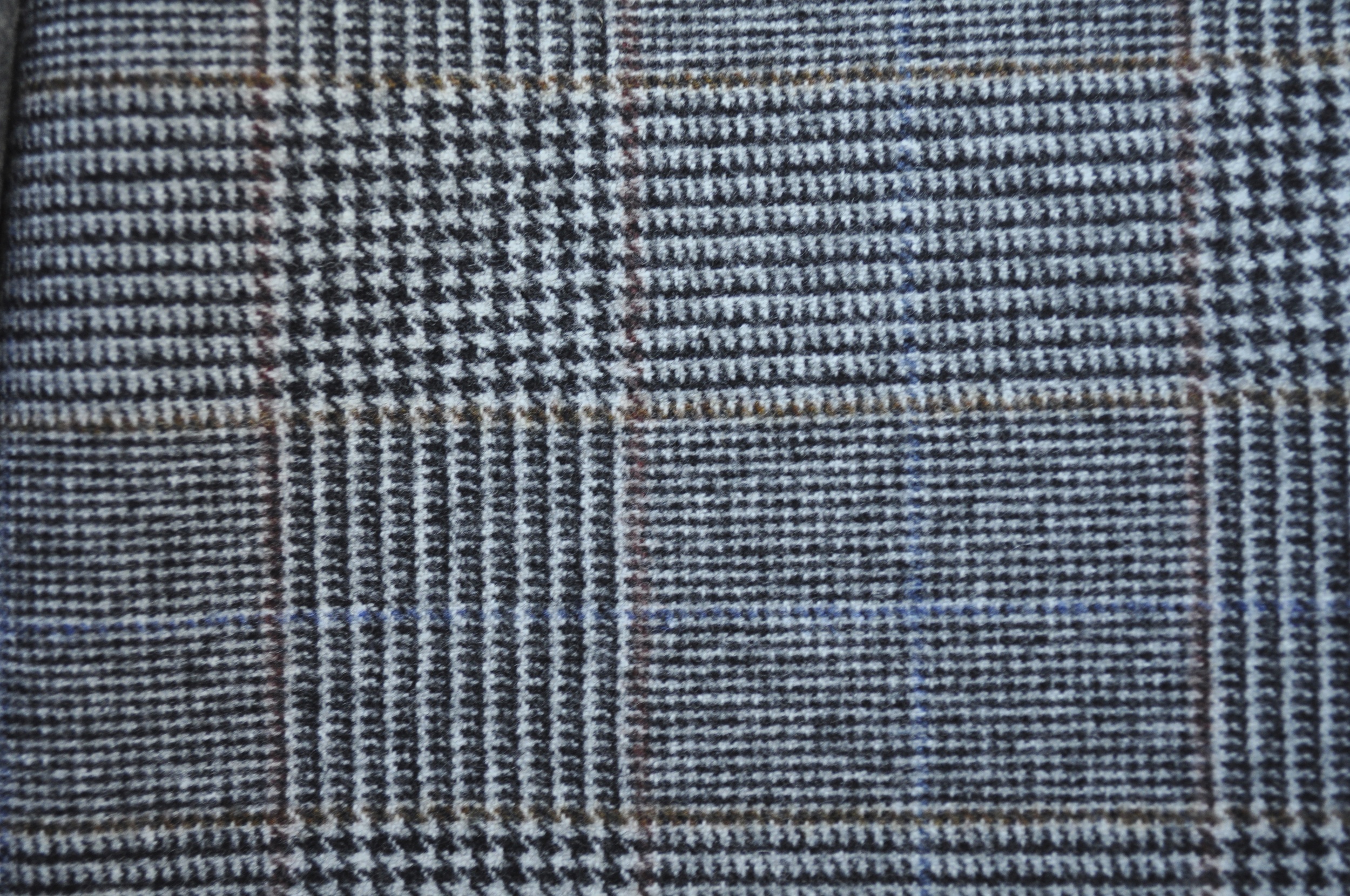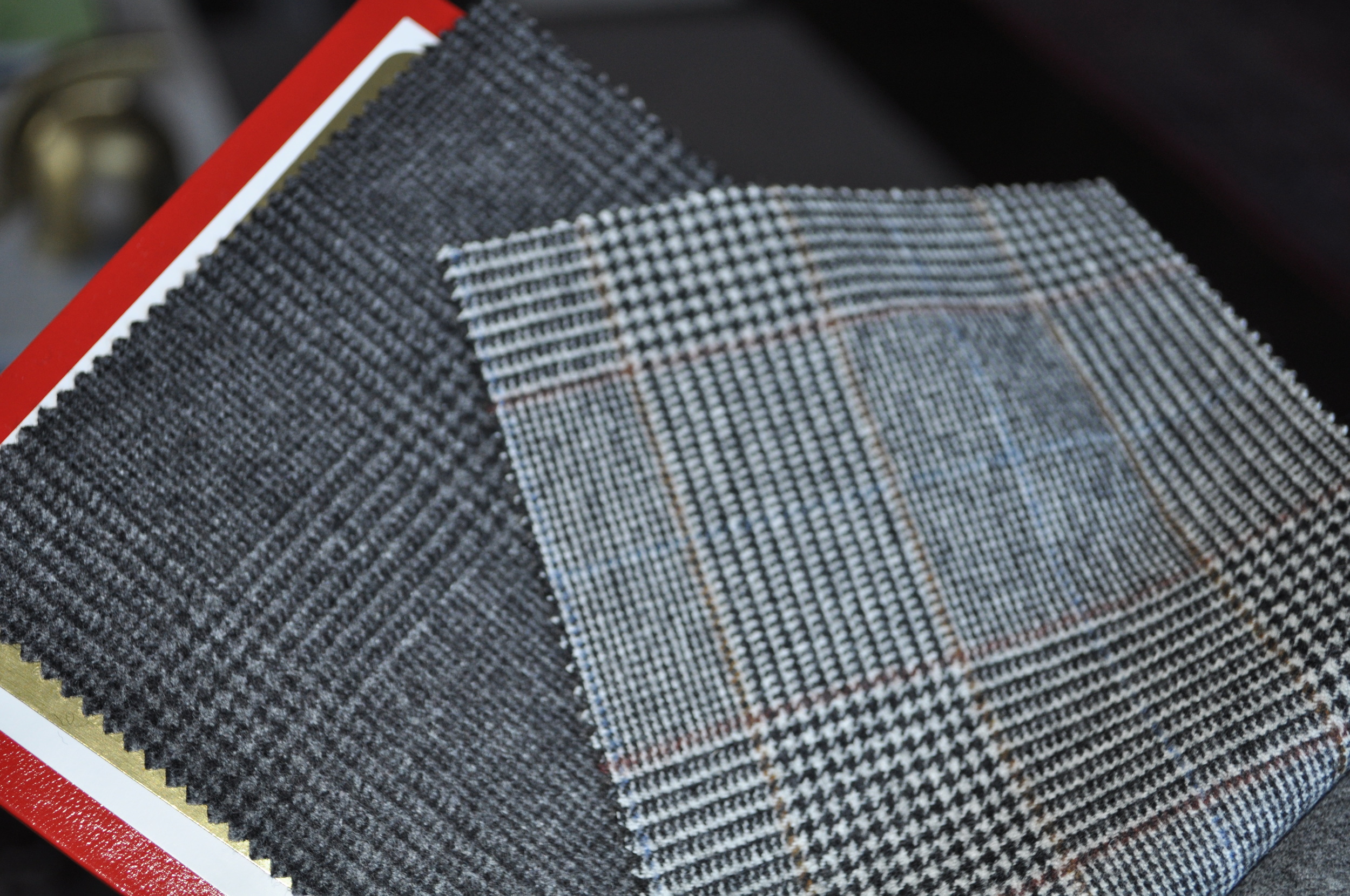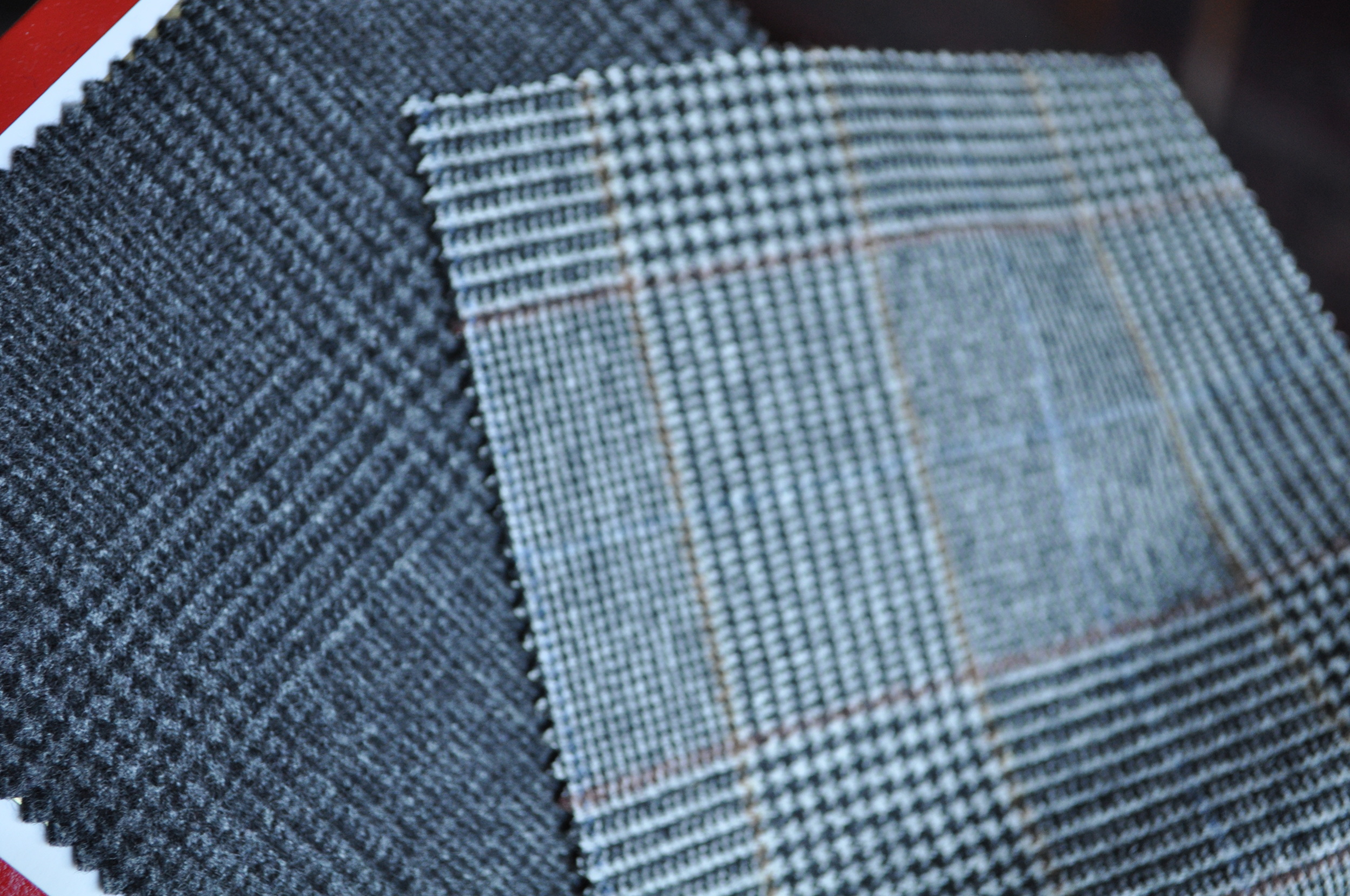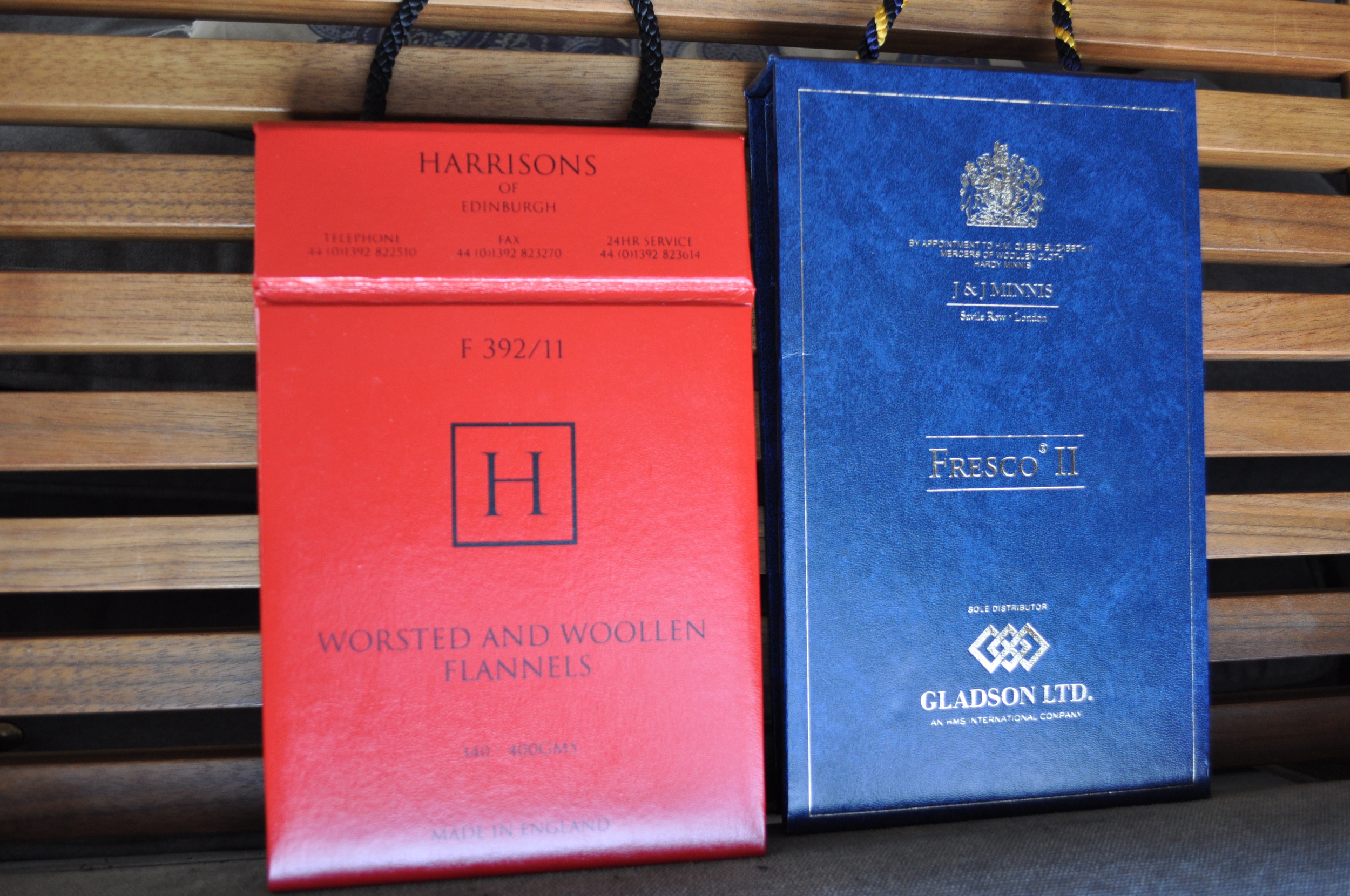When Only More Will Do
Heart of Darkness: the highest cacao percentage chocolate is said to be good for the ticker.
I have to remind myself now and again not to be dismissive of dessert. An aged cheddar, perhaps a digestive biscuit and, if there isn’t an early morning engagement, a small espresso always do for me rather than something elaborate and sweet. For those people for whom dessert is deeply important my efforts fall dramatically short; when we entertain at home I always put someone more passionate in command of the final course.
And yet I am surrounded by dessert lovers: my brother and his lovely family; my closest friends from school; most importantly, my wife. While I am still on speed dial in matters of, say, butchery, they have long abandoned me regarding dessert. I do have one trick though: high-grade, unadorned chocolate, the darker the better, and sold in commercial portions. I don’t know of an end to a meal that produces a better effect than placing, unannounced, in the center of the table a kilo or two of chocolate. Guests gasp. An obscene mound of the stuff, casually arranged, is unfailingly a thrilling sight—illicit even, not unlike glimpsing for the first time a large quantity of bundled cash.
One of the problems with this stunt, however, is that those who have witnessed it often mistake your taste for the dramatic for some broader appreciation of chocolate treats. I have more than once had to feign enthusiasm over an unusual box of truffles, some even featuring things like bacon or hot chillies. Of course the intentions are sincere and the gesture appreciated—and there is undoubtedly an audience for these confections—but the unwavering point remains: the less meddling, the better.
My hard line extends to service: nothing more elaborate than a clean cutting board with a sheet of wax paper reinforces the drama of the moment. Those quiet slabs are, after all, awaiting a solemn operation. To reduce to manageable pieces, choose your sturdiest knife and issue a general warning to keep fingers clear of the board. Select a corner of one slab; grasp the handle of the knife with your dominant hand, placing the tip of the blade on the board in front of your target. Securing the tip with your other hand, and using firm continuous pressure, guillotine the chocolate. An ordinary blade will produce chips and shavings; a serrated knife will crack off hunks. Make certain not to commingle the different types of chocolate.
If you have not yet done anything more personal for your Valentine, resist the ease of the boxed stuff this year. No matter how attractively packaged, truffles and bonbons cannot compete with the drama sketched out above. I am personally drawn to the darkest and bitterest specimens—those with the highest cacao percentages indicated on the labels—but slabs of milk chocolate and even white chocolate are available and have followings. This is one instance in which more—in both volume and variety—is unquestionably better.
Ta-da: the extent of my dessert ability.


